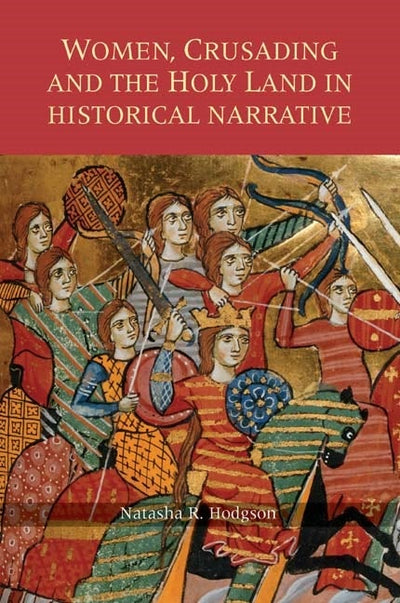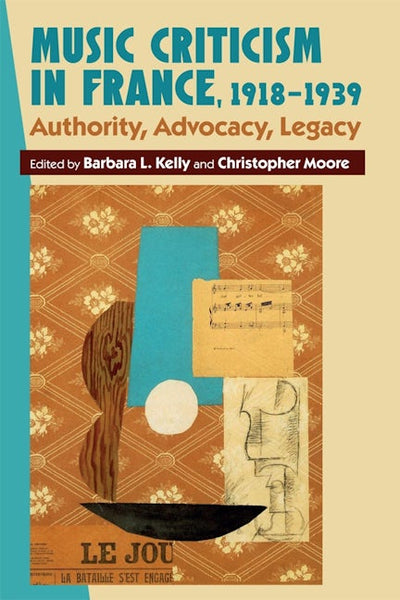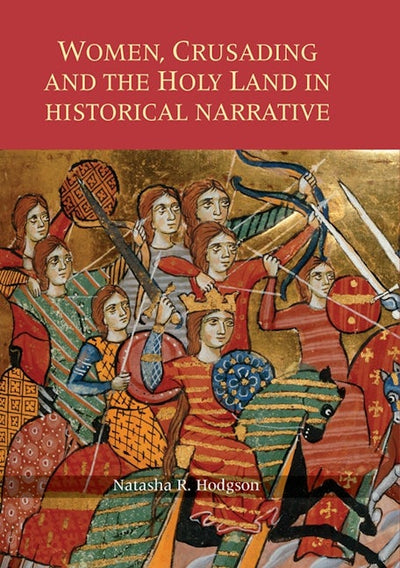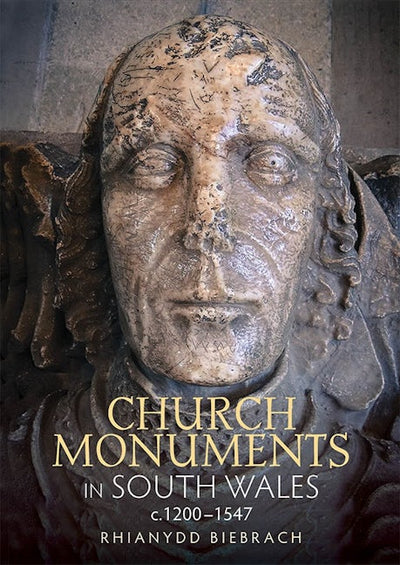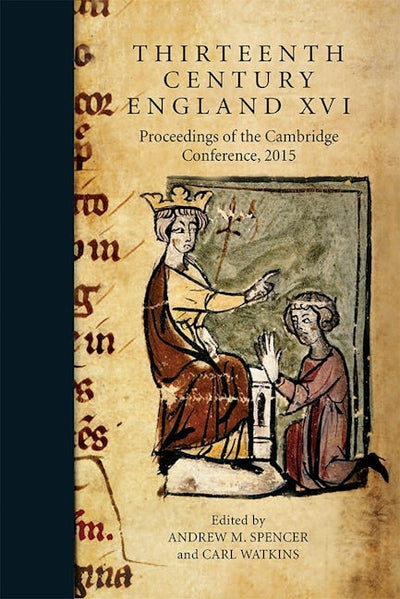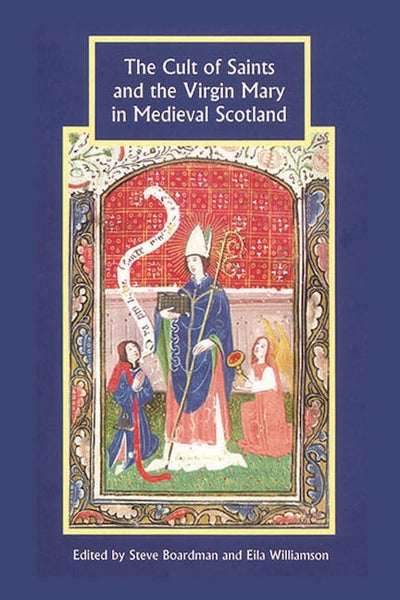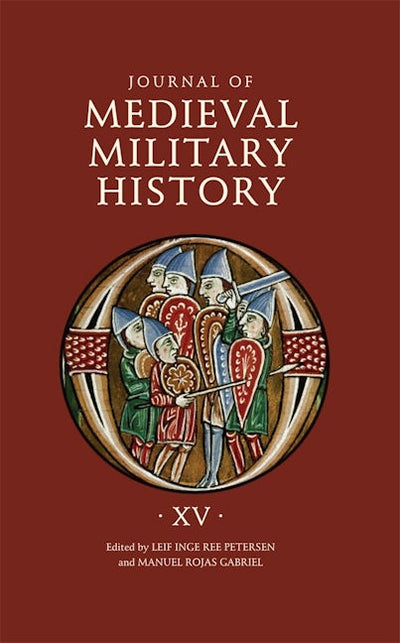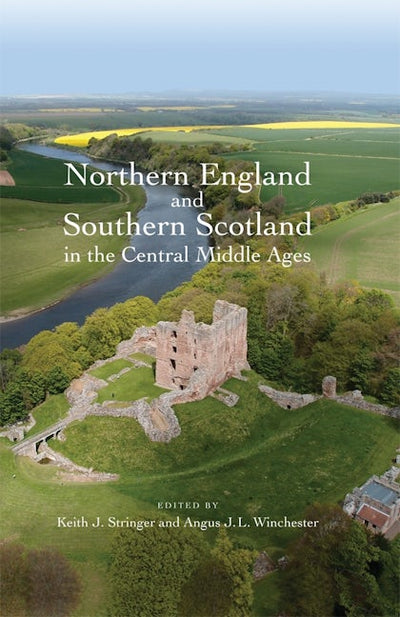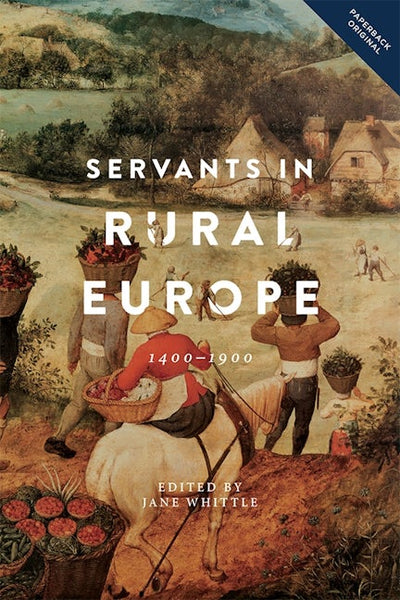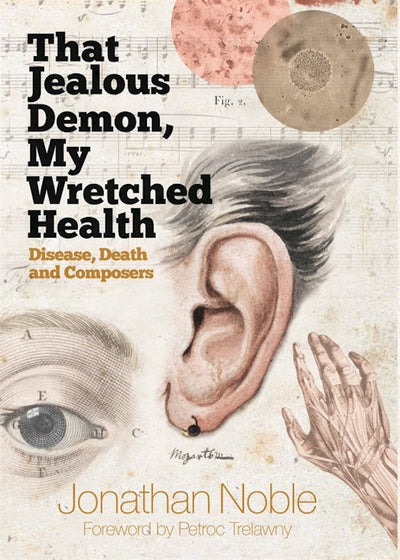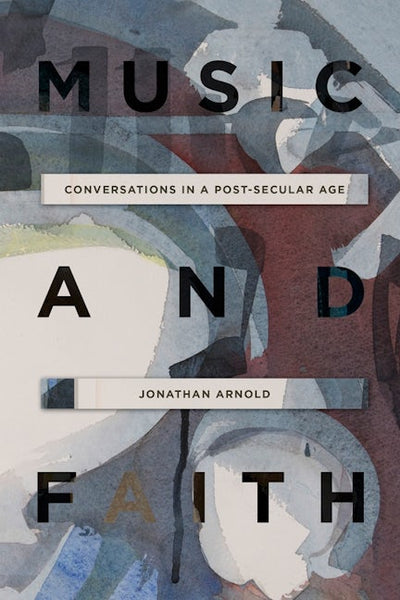-
Antiques & Collectibles
-
Architecture
-
Art
-
Bibles
-
Biography & Autobiography
-
Body, Mind & Spirit
-
Business & Economics
-
Comics & Graphic Novels
-
Computers
-
Cooking
-
Crafts & Hobbies
-
Design
-
Education
-
Family & Relationship
-
Fiction
-
Foreign Language Study
-
Games & Activities
-
Gardening
-
Health & Fitness
-
History
-
House & Home
-
Humor
-
Juvenile Fiction
-
Juvenile Nonfiction
-
Language Arts & Disciplines
-
Law
-
Literary Collections
-
Literary Criticism
-
Mathematics
-
Medical
-
Miscellaneous
-
Music
-
Nature
-
Performing Arts
-
Pets
-
Philosophy
-
Photography
-
Poetry
-
Political Science
-
Psychology
-
Reference
-
Religion
-
Self-Help
-
Science
-
Social Science
-
Sports & Recreation
-
Study Aids
-
Technology & Engineering
-
Transportation
-
Travel
-
True Crime
-
Young Adult Fiction
-
Young Adult Nonfiction
-
Antiques & Collectibles
-
Architecture
-
Art
-
Bibles
-
Biography & Autobiography
-
Body, Mind & Spirit
-
Business & Economics
-
Comics & Graphic Novels
-
Computers
-
Cooking
-
Crafts & Hobbies
-
Design
-
Education
-
Family & Relationship
-
Fiction
-
Foreign Language Study
-
Games & Activities
-
Gardening
-
Health & Fitness
-
History
-
House & Home
-
Humor
-
Juvenile Fiction
-
Juvenile Nonfiction
-
Language Arts & Disciplines
-
Law
-
Literary Collections
-
Literary Criticism
-
Mathematics
-
Medical
-
Miscellaneous
-
Music
-
Nature
-
Performing Arts
-
Pets
-
Philosophy
-
Photography
-
Poetry
-
Political Science
-
Psychology
-
Reference
-
Religion
-
Self-Help
-
Science
-
Social Science
-
Sports & Recreation
-
Study Aids
-
Technology & Engineering
-
Transportation
-
Travel
-
True Crime
-
Young Adult Fiction
-
Young Adult Nonfiction
Urban Bodies: Communal Health in Late Medieval English Towns and Cities
Regular price $49.95 Save $-49.95Carole Rawcliffe continues with her mission to clean up the Middle Ages. In earlier work she has already given us scholarly yet sympathetic portrayals of English medicine, hospitals, and welfare for lepers. Now she widens her scope to public health. Her argument is clear, simple and convincing. Through the efforts of crown and civic authorities, mercantile élites and popular" interests, English towns and cities aspired to a far healthier, less polluted environment than previously supposed. All major sources of possible infection were regulated, from sounds and smells to corrupt matter - and to immorality. Once again Professor Rawcliffe has overturned a well-established orthodoxyin the history of pre-modern health and healing. Her book is a magnificent achievement." Peregrine Horden, Royal Holloway University of London.
This first full-length study of public health in pre-Reformation England challenges a number of entrenched assumptions about the insanitary nature of urban life during "the golden age of bacteria". Adopting an interdisciplinary approach that draws on material remains as well as archives, it examines themedical, cultural and religious contexts in which ideas about the welfare of the communal body developed. Far from demonstrating indifference, ignorance or mute acceptance in the face of repeated onslaughts of epidemic disease, the rulers and residents of English towns devised sophisticated and coherent strategies for the creation of a more salubrious environment; among the plethora of initiatives whose origins often predated the Black Death can also be found measures for the improvement of the water supply, for better food standards and for the care of the sick, both rich and poor.
CAROLE RAWCLIFFE is Professor of Medieval History, University of East Anglia.

A Companion to Chivalry
Regular price $130.00 Save $-130.00Chivalry lay at the heart of elite society in the Middle Ages, but it is a nebulous concept which defies an easy definition. More than just a code of ethical behaviour, it shaped literary tastes, art and manners, as well as socialhierarchies, political events and religious practices; its impact is everywhere.
This work aims to provide an accessible and holistic survey of the subject. Its chapters, by leading experts in the field, cover a wide range of areas: the tournament, arms and armour, the chivalric society's organisation in peace and war, its literature and its landscape. They also consider the gendered nature of chivalry, its propensity for violence, and its post-medieval decline and reinvention in the early modern and modern periods. It will be invaluable to the student and the scholar of chivalry alike.
ROBERT W. JONES is a Visiting Scholar in History, Franklin and Marshall College; PETER COSS is Emeritus Professor of Medieval History, Cardiff University
Contributors: Richard Barber, Joanna Bellis, Matthew Bennett, Sam Claussen, Peter Coss, Oliver Creighton, David Green, Robert W. Jones, Megan G. Leitch, Ralph Moffat, Helen J. Nicholson, Clare Simmons, David Simpkin, Peter Sposato, Louise J. Wilkinson, Matthew Woodcock

Military Society and the Court of Chivalry in the Age of the Hundred Years War
Regular price $29.99 Save $-29.99The highest and most sovereign things a knight ought to guard in defence of his estate are his troth and his arms. So declared Richard, Lord Scrope of Bolton, before the Court of Chivalry, eloquently encapsulating the fundamental role heraldic identity played in the lives of the late medieval English gentry. The Court of Chivalry was England's senior military court during the age of the Hundred Years War (1337-1453), but unfortunately its medieval registers are now lost and only a bare few cases survive. This book explores three of the best preserved of those cases: Scrope v. Grosvenor (1385-91), Lovel v. Morley (1386-7) and Grey v. Hastings (1407-10), disputes in which competing knightly families claimed rightful possession of the same coat-of-arms. Hundreds of witnesses gave evidence in each of these cases, in the process providing vivid insights into the military, social, and cultural history of late medieval England.
This study asks a number of important questions. How did the plaintiffs and defendants choose their witnesses? What motives and constraints shaped their choices? How did they gain access to the various gentry networks that spoke in their defence? To what extent did lordly influence impact upon the composition of each witness list? How well did the witnesses themselves know each other? What role did bonds of regional solidarity play before the Court? Perhaps most significantly, what does the testimony itself reveal about the chivalric culture of the age? These questions enable the historian to probe in considerable depth the character of gentry military society, and its chivalric ethos, at a time when the victories of Edward III (1327-1377) were receding ever deeper into popular memory and the triumphs of Henry V (1413-1422) still lay in the future.
PHILIP CAUDREY is an Honorary Research Associate at the University of Tasmania, Australia.

The Parish and the Chapel in Medieval Britain and Norway
Regular price $120.00 Save $-120.00From the eleventh and twelfth centuries, Latin Christendom was increasingly focussed, both institutionally and culturally, on Rome and the papacy. A key element of these changes was a growing concern with the provision of pastoralcare and the standardisation of practices and beliefs. However, whilst parish churches have received considerable scholarly attention, chapels have been largely neglected, despite the fact that they were widespread in the landscape of medieval Britain and Norway, found in locations ranging from villages to castles, and central to the life of many.
This book, the first major comparative study of the subject, begins by examining what a chapel was, whoused them, and their purpose. Using archaeological remains, the wider parish landscape - settlements, transport and geography - and historical records such as papal letters, it then categorises chapels according to function and their relationship with the parish church, showing that they served a far greater range of purposes than has previously been assumed. The author also considers whether the drive for uniformity had an impact on religious landscapesin Britain and Norway, arguing that there is little evidence of a Viking impact on chapel organisation in the British Isles, with the evidence pointing towards Scandinavian adoption of pre-existing organisation and local cults.
Sarah Thomas gained her PhD from the University of Glasgow; she is currently a postdoctoral researcher at the University of Stirling.

Religious Men and Masculine Identity in the Middle Ages
Regular price $29.99 Save $-29.99The complex relationship between masculinity and religion, as experienced in both the secular and ecclesiastical worlds, forms the focus for this volume, whose range encompasses the rabbis of the Babylonian and Palestinian Talmud,and moves via Carolingian and Norman France, Siena, Antioch, and high and late medieval England to the eve of the Reformation. Chapters investigate the creation and reconstitution of different expressions of masculine identity, from the clerical enthusiasts for marriage to the lay practitioners of chastity, from crusading bishops to holy kings. They also consider the extent to which lay and clerical understandings of masculinity existed in an unstable dialectical relationship, at times sharing similar features, at others pointedly different, co-opting and rejecting features of the other; the articles show this interplay to be more far more complicated than a simple linear narrative of either increasing divergence, or of clerical colonization of lay masculinity. They also challenge conventional historiographies of the adoption of clerical celibacy, of the decline of monasticism and the gendered nature of piety.
P.H. CULLUM is Student Experience Co-ordinator for Music, Humanities and Media at the University of Huddersfield; KATHERINE J. LEWIS is Senior Lecturer in History at the University of Huddersfield.
Contributors: James G. Clark, P.H. Cullum, Kirsten A. Fenton, Joanna Huntington, Katherine J. Lewis, Matthew Mesley, Catherine Sanok, Michael L. Satlow, Rachel Stone, Jennifer D. Thibodeaux, Marita von Weissenberg

Aristocratic Marriage, Adultery and Divorce in the Fourteenth Century
Regular price $130.00 Save $-130.00The Yorkshire heiress, Lucy de Thweng, was married as a child to her first husband but later divorced him, entered into an adulterous relationship with another man, was forced into marriage to a second husband, and then, after a period of widowhood, married for the third time to a congenial partner of her own choice. This sounds a remarkable and unusual story - but was it?
This book uses the episodes of Lucy's life to explore how far she was exceptional in her time and rank and highlights aspects of personality and personal relationships which are not often recognized. It undertakes extensive investigations into divorce in contemporary aristocratic families and extra-marital sexual relationships by women, as well as discussing the marriage of heiresses and the pressures to remarry which widows endured. These show that the theoretical religious and secular restraints on marriage and sex were often ignored, by both men and women, and how women, particularly if they were heiresses, were able to make their own decisions in these matters. As the legitimate procreation of children within the licensed environment of marriage was the forum for the succession to landed estates, the book also considers how this behaviour affected those estates.
BRIDGET WELLS-FURBY is an independent scholar whose interests lie chiefly in late medieval landed estates and their context.

Gaelic Influence in the Northumbrian Kingdom
Regular price $130.00 Save $-130.00SHORTLISTED IN SCOTLAND'S NATIONAL BOOK AWARDS 2021
The first full-scale, interdisciplinary treatment of the wide-ranging connections between the Gaelic world and the Northumbrian kingdom.
Northumbria was the most northerly Anglo-Saxon kingdom; its impressive landscape featured two sweeping coastlines, which opened the area to a variety of cultural connections. This book explores influences that emanated from the Gaelic-speaking world, including Ireland, the Isle of Man, Argyll and the kingdom of Alba (the nascent Scottish kingdom). It encompasses Northumbria's "Golden Age", the kingdom's political and scholarly high-point of the seventh and early eighth centuries, and culminates with the kingdom's decline and fragmentation in the Viking Age, which opened up new links with Gaelic-Scandinavian communities. Political and ecclesiastical connections are discussed in detail; the study also covers linguistic contact, material culture and the practicalities of travel, bringing out the realities of contemporary life. This interdisciplinary approach sheds new light on the west and north of the Northumbrian kingdom, the areas linked most closely with the Gaelic world. Overall, the book reveals the extent to which Gaelic influence was multi-faceted, complex and enduring.
Dr FIONA EDMONDS is Reader in History and Director of the Regional Heritage Centre at Lancaster University.

Arthurianism in Early Plantagenet England
Regular price $170.00 Save $-170.00The precedent of empire and the promise of return lay at the heart of King Arthur's appeal in the Middle Ages. Both ideas found fullness of expression in the twelfth century: monarchs and magnates sought to recreate an Arthurian golden age that was as wondrous as the biblical and classical worlds, but less remote. Arthurianism, the practice of invoking and emulating the legendary Arthur of post-Roman Britain, was thus an instance of medieval medievalism.
This book provides a comprehensive history of the first 150 years of Arthurianism, from its beginnings under Henry II of England to a highpoint under Edward I. It contends that the Plantagenet kings of England mockingly ascribed a literal understanding of the myth of King Arthur's return to the Brittonic Celts whilst adopting for themselves a figurative and typological interpretation of the myth. A central figure in this work is Arthur of Brittany (1187-1203), who, for more than a generation, was the focus of Arthurian hopes and their disappointment.
CHRISTOPHER MICHAEL BERARD is a Visiting Assistant Professor of English at Providence College. He completed his PhD at the University of Toronto's Centre for Medieval Studies.

The Contemporary English Chronicles of the Wars of the Roses
Regular price $170.00 Save $-170.00The eight chronicles edited here are the principal surviving historical narratives of the Wars of the Roses written in English by men who lived through those wars. These are the best accounts by commoners (and one lord) written for their fellow Englishmen, produced within a few years of the events they describe, and have a particular immediacy.
Five of these chronicles recount in detail particular events: The First Battle of St Albans (21-23 May 1455) and The Siege of Bamburgh Castle (June-July 1464) (batttles);The Rebellion in Lincolnshire (March 1470), and The History of the Arrival of King Edward IV (March-May 1471) (campaigns); and The Manner and Guiding of the Earl ofWarwick (22-30 July 1470) (negotiations).
The remaining three describe the development of the larger conflict over extended periods: the Continuation of Gregory's Chronicle (1450-69), Howard's Chronicle (1461-70), and Warkworth's Chronicle (1461-74).They do not cover the last stages of the Wars of the Roses, since by the end of May 1471, it must have looked as if the conflict was permanently resolved.
These accounts, although contemporary, have to be treated with caution. All of them are narratives of public events intended for public consumption. They remain, however, vibrant and immediate accounts of the events they describe in a systematic, modern edition.

Medieval and Early Modern Murder
Regular price $49.95 Save $-49.95Murder - the perpetrators, victims, methods and motives - has been the subject of law, literature, chronicles and religion, often crossing genres and disciplines and employing multiple modes of expression and interpretation. As the chapters in this volume demonstrate, definitions of murder, manslaughter and justified or unjustified homicide depend largely on the legal terminology and the laws of the society. Much like modern nations, medieval societies treated murder and murderers differently based on their social standing, the social standing of the victim, their gender, their mental capacity for understanding their crime, and intent, motive and means.
The three parts of this volume explore different aspects of this crime in the Middle Ages. The first provides the legal template for reading cases of murder in a variety of sources. The second examines the public hermeneutics of murder, especially theways in which medieval societies interpreted and contextualised their textual traditions: Icelandic sagas, Old French fabliaux, Arthuriana and accounts of assassination. Finally, the third part focuses on the effects of murder within the community: murder as a social ill, especially in killing kin.

The United States' Entry into the First World War
Regular price $120.00 Save $-120.00The complicated situation which led to the American entry into the First World War in 1917 is often explained from the perspective of public opinion, US domestic politics, or financial and economic opportunity. This book, however,reasserts the importance of diplomats and diplomacy. Based on extensive original research, the book provides a detailed examination of British, German, and American diplomacy in the period 1914-17. It argues that British and German diplomacy in this period followed the same patterns as had been established in the preceding decades. It goes on to consider key issues which concerned diplomats, including the international legality of Britain's economic blockade of Germany, Germany's use of unrestricted submarine warfare, peace initiatives, and Germany's attempt to manipulate in its favour the long history of distrust in Mexican-American relations. Overall, the book demonstrates thatdiplomats and diplomacy played a key role, thereby providing a fresh and original approach to this crucially important subject.
JUSTIN QUINN OLMSTEAD is an Assistant Professor of History at the University of Central Oklahoma.

The Histories of Alexander Neville (1544-1614)
Regular price $190.00 Save $-190.00Alexander Neville (1544-1614) was an English humanist, author, poet and translator. His skill as a Latinist brought him to the attention of Matthew Parker, Elizabeth I's first Archbishop of Canterbury, who appointed him one of hissecretaries. This book presents Neville's Latin texts of De furoribus Norfolciensium Ketto Duce and Norwicus (1575) and Ad Walliae proceres apologia (1576) alongside modern English translations. Neville's account ofKett's Rebellion is one of the earliest and most important sources on the 'Commotion Tyme' of 1549, when England was rocked by a series of uprisings triggered by socio-economic conditions and the impacts of religious change. Oneof the first published urban histories, The City of Norwich offers a unique perspective on the development of Tudor historiography and demonstrates Neville's skill in weaving his source materials into a polished expression of national and civic pride. At the same time, its account of the city's bishops honours the life and work of Neville's patron, Archbishop Parker, who was himself a Norwich man. The Reply to the Welsh Nobility challenges the accusationsof libel that followed the publication of De furoribus and is a small masterpiece of Ciceronian forensic oratory.
Drawing on the editors' combined expertise in Renaissance Latin, early modern history and translation studies, these texts and translations are prefaced by a wide-ranging introductory section that examines what is known of Neville's life, his texts' origins and literary contexts, their significance in the development of Tudor historiography and the ways in which they reflect contemporary politico-religious concerns. The translators' preface discusses the role of translations in the appreciation of historical sources, using recent developments in translation theory. Together, these three texts reveal much about the uses of rhetoric and historiography in legitimating the actions of Tudor governing elites, affirming national identity and promoting the Elizabethan Religious Settlement.
INGRID WALTON was formerly Head of Library and Information Services at the John Innes Centre, Norwich.
CLIVE WILKINS-JONES is a Fellow of the Royal Historical Socety and a Research Fellow in the School of History atthe University of East Anglia.
PHILIP WILSON is an Honorary Research Fellow in the School of Politics, Philosophy, Language and Communication Studies at the University of East Anglia.

Music, Myth and Story in Medieval and Early Modern Culture
Regular price $125.00 Save $-125.00Myths and stories offer a window onto medieval and early modern musical culture. Far from merely offering material for musical settings, authoritative tales from classical mythology, ancient history and the Bible were treated as foundations for musical knowledge. Such myths were cited in support of arguments about the uses, effects, morality and preferred styles of music in sources as diverse as theoretical treatises, defences or critiques of music, art, sermons, educational literature and books of moral conduct. Newly written literary stories too were believed capable of moral instruction and influence, and were a medium through which ideas about music could be both explored and transmitted. How authors interpreted and weaved together these traditional stories, or created their own, reveals much about changing attitudes across the period.
Looking beyond the well-known figure of Orpheus, this collection explores the myriad stories that shaped not only musical thought, but also its styles, techniques and practices. The essays show that music itself performed and created knowledge in ways parallel to myth, and worked in tandem with old and new tales to construct social, political and philosophical views. This relationship was not static, however; as the Enlightenment dawned, the once authoritative gods became comic characters and myth became a medium forridicule. Overall, the book provides a foundation for exploring myth and story throughout medieval and early modern culture, and facilitating further study into the Enlightenment and beyond.
KATHERINE BUTLER is a seniorlecturer in music at Northumbria University; SAMANTHA BASSLER is a musicologist of cultural studies, a teaching artist, and an adjunct professor in the New York metropolitan area.
Contributors: Jamie Apgar, Katie Bank, Samantha Bassler, Katherine Butler, Elina G. Hamilton, Sigrid Harris, Ljubica Ilic, Erica Levenson, John MacInnis, Patrick McMahon, Aurora Faye Martinez, Jacomien Prins, Tim Shephard, Jason Stoessel, Férdia J. Stone-Davis, Amanda Eubanks Winkler.

National Thanksgivings and Ideas of Britain, 1689-1816
Regular price $170.00 Save $-170.00This book is the first concentrated study of almost 600 sermons from over forty national thanksgivings in Britain during the long eighteenth century. These included celebrations of the 'Glorious' Revolution, the Union of Englandand Scotland, the Hanoverian succession, and the numerous military successes stretching from the reigns of William and Mary and Queen Anne to the Battle of Waterloo. Preachers used such occasions to reinforce ideas associated with Britain and being British during a significant period of national growth. Although the thanksgiving ceremonies were instigated through royal order, and accompanied by prescribed liturgies, the composition and delivery of sermons by clergymen in thousands of churches resulted in numerous and diverse expressions on developments within British society across a period of over 125 years. Topics included assertions about Britain's favoured position in the world, perceptions of the growth of empire, ideas on the impact of war and of peace, views on the effects of commerce and trade, opinions on politics, responses to religious and cultural diversity, and reactions to the French Revolution. The sermons were written by ministers from across England, as well as some from Scotland, Ireland, Wales, and colonial North America. In addition to those from Anglican pulpits, many of the sermons were by dissenting ministers.Overall, the book presents a vast array of information from a wide range of viewpoints, demonstrating how prominent national commemorations were used by preachers to convey compelling ideas about Britain and Britons from 1689 to1816.

The Haskins Society Journal 29
Regular price $95.00 Save $-95.00This volume of the Haskins Society Journal demonstrates the Society's continued engagement with historical and interdisciplinary research on the early to the central Middle Ages, focusing on the Anglo-Saxon and Anglo-Normanworlds - and beyond. It includes an investigation of equestrian symbolism in Lombard southern Italy; an inquiry into documentary production in Northern France; and a new look at Anglo-Saxon servitude. Further chapters offer an exploration of Norman ducal estates through GIS mapping; a study of Winchester cathedral priory through the lens of the Codex Wintoniensis; an examination of royal political strategy during the interregnum crisis of King Stephen; and a prosopographical analysis of Robert Curthose's crusade curiales. The first critical edition and translation of the Carmen Ceccanense - an overlooked source for German imperial history - will be widely welcomed. A new look at the Domesday Book, with a comprehensive survey of previous scholarship, completes the volume.
Contributors: Stephen Baxter, Paul Bertrand, Stephen D. Church, Alexander Dymond, Jennie M. England,Thomas Foerster, S. Jay Lemanski, Simon Thomas Parsons, Chiara Provesi.

Priests and their Books in Late Anglo-Saxon England
Regular price $130.00 Save $-130.00Priests were ubiquitous figures in the Anglo-Saxon world: they acted as educators, agents of royal authority, scribes, and dealers in real estate. But what set priests apart from the society in which they lived was the authority to provide pastoral care and their ability to use the written word. Early medieval bishops saw books as indispensable to a priest's duties and episcopal legislation frequently provided lists of books that priests were to have: tools of the trade for the secular clergy. These books are not only an exceedingly valuable window into pastoral care, but also a barometer for the changes taking place in the English church of the tenth and eleventh centuries.
This first full-length study of Anglo-Saxon priests' books examines a wide array of evidence, including booklists, music, liturgy, narrative, and, crucially, the surviving manuscripts. The volume opens with a consideration of the context of a priest's life and work, moving on to investigate the issues of clerical literacy and the availability of books to priests, uncovering avenues for priestly education and elucidating the role that the secular clergy played in channels of manuscript production and distribution. The second part analyses the documentary and manuscript evidence for certain classes of priests' books, challenging existing thought and arguing that two poorly understood manuscripts are in fact books for priests.
GERALD P. DYSON is Assistant Professor of History at Kentucky Christian University.

The Old English in Early Modern Ireland
Regular price $120.00 Save $-120.00WINNER of the NUI Publication Prize in Irish History 2019
Descendants of Ireland's Anglo-Norman conquerors, the Old English had upheld the authority of the English crown in Ireland for four centuries. Yet the sixteenth century witnessed the demotion of this Irish-born and predominantly Catholic community from places of trust and authority in the Irish administration in favour of English Protestant newcomers. Political alienation and growing religious tensions strained crown-community relations and caused many Old Englishmen to reconsider their future in Ireland.
The Nine Years' War (1594-1603) presented them with an ideal opportunity to reassess their relationshipwith the crown when the Irish Confederates, led by Hugh O'Neill, Earl of Tyrone, sought their support. This book explores the role of the Old English during the Nine Years' War. It discusses the impact of divided loyalties, examines how they responded to political, social, religious, and military pressures, and assesses how the war shaped their sense of identity. The book demonstrates that despite the anxieties of English officials, the Old English remained loyal. More than that, they played a key role in defeating the Irish Confederacy through military and financial support. It argues that their sense of tradition and duty to uphold English rule in Ireland was central to their identity and that appeals to embrace a new Irish Catholic identity, in partnership with the Gaelic Irish, was doomed to failure.
RUTH CANNING is Lecturer in Early Modern History at Liverpool Hope University.

A Critical Companion to Medieval Motets
Regular price $170.00 Save $-170.00Motets constitute the most important polyphonic genre of the thirteenth and fourteenth centuries. Moreover, these compositions are intrinsically involved in the early development of polyphony. This volume - the first to be devotedexclusively to medieval motets - aims to provide a comprehensive guide to them, from a number of different disciplines and perspectives. It addresses crucial matters such as how the motet developed; the rich interplay of musical,poetic, and intertextual modes of meaning specific to the genre; and the changing social and historical circumstances surrounding motets in medieval France, England, and Italy. It also seeks to question many traditional assumptions and received opinions in the area.
The first part of the book considers core concepts in motet scholarship: issues of genre, relationships between the motet and other musico-poetic forms, tenor organization, isorhythm, notational development, social functions, and manuscript layout. This is followed by a series of individual case studies which look in detail at a variety of specific pieces, compositional techniques, collections, and subgenres.
JARED C. HARTT is Associate Professor of Music Theory at the Oberlin College Conservatory of Music.
Contributors: Margaret Bent, Jacques Boogaart, Catherine A. Bradley, Alice V. Clark, Suzannah Clark, KarenDesmond, Lawrence Earp, Sarah Fuller, John Haines, Jared C. Hartt, Elizabeth Eva Leach, Dolores Pesce, Gaël Saint-Cricq, Jennifer Saltzstein, Matthew P. Thomson, Stefan Udell, Anna Zayaruznaya, Emily Zazulia

Popular Memory and Gender in Medieval England
Regular price $130.00 Save $-130.00WINNER of the Women's History Network 2020 Book Prize
Church court records offer the most detailed records of everyday life in medieval England for people below the level of the elite. Vivid testimony in cases of marriage, insult, and debt, as well as tithes, testaments and ecclesiastical rights, show how men and women thought about the past and presented their own histories.
While previous studies of memory in this period have tended to explore formal memory techniques in the schools and monasteries, this book turns to lay contexts instead, considering for the first time how gender influenced the ways that "ordinary" men and women remembered past events in the centuries leading up to the Reformations. Drawing on legal depositions, supplemented by pastoralia, literature and lyrics, the author argues that despite the many constraints upon their actions, lower-status men and women could use the law to communicate complex and varied pasts. She addresses the legal and religious developments that generated these memories, charting how gender shaped depictions of courtship, sexuality and childbirth, marriage and widowhood,as well as custom and the landscape. The book analyses these themes through the lens of gender and subjectivity, challenging conventional narratives that have aligned female remembrance with domesticity while embedding male memory in the public sphere. This approach offers precious evidence of the gendered, moral, and emotional worlds of lower-status people in medieval England.
BRONACH C. KANE is Lecturer in Medieval History at Cardiff University.

Ghosts in Enlightenment Scotland
Regular price $130.00 Save $-130.00SHORTLISTED for the Katharine Briggs Award 2019
Scotland is famed for being a haunted nation, "whare ghaists and houlets nightly cry". Medieval Scots told stories of restless souls and walking corpses, but after the 1560Reformation, witches and demons became the focal point for explorations of the supernatural. Ghosts re-emerged in scholarly discussion in the late seventeenth century, often in the guise of religious propagandists. As time went on, physicians increasingly reframed ghosts as the conjurations of disturbed minds, but gothic and romantic literature revelled in the emotive power of the returning dead; they were placed against a backdrop of ancient monasteries,castles and mouldering ruins, and authors such as Robert Burns, James Hogg and Walter Scott drew on the macabre to colour their depictions of Scottish life. Meanwhile, folk culture used apparitions to talk about morality and mortality.
Focusing on the period from 1685 to 1830, this book provides the first academic study of the history of Scottish ghosts. Drawing on a wide range of sources, and examining beliefs across the social spectrum, it shows howghost stories achieved a new prominence in a period that is more usually associated with the rise of rationalism. In exploring perceptions of ghosts, it also reflects on understandings of death and the afterlife; the constructionof national identity; and the impact of the Enlightenment.
MARTHA MCGILL completed her PhD at the University of Edinburgh.

The Chronicle of Geoffrey le Baker of Swinbrook
Regular price $29.99 Save $-29.99Geoffrey le Baker's chronicle covers the reigns of Edward II and Edward III up to the English victory at Poitiers. It starts in a low key, copying an earlier chronicle, but by the end of Edward II's reign he offers a much more vivid account. Baker's description of Edward II's last days is partly based on the eyewitness account of his patron, Sir Thomas de la More, who was present at one critical interview. This story of Edward's death, like many other details from his chronicle, was picked up by Tudor historians, particularly by Holinshed, who was the source for Shakespeare's history plays.
The reign of Edward III is dominated, not by Edward III himself, but by Baker's real hero, Edward prince of Wales. His bravery aged sixteen at Crécy is presented as a prelude to his victory at Poitiers, a battle which Baker is able to describe in great detail, apparently from what he was told by the prince's commanders. It is a rarity among medieval battles, because - in sharp contrast to the total anarchy at Crécy - the prince and his staff were able to see the enemy's manoeuvres.
Throughout the chronicle there are sharply defined vignettes which stay in the mind - the killing of the Scottish champion on Halidon Hill, the drowning of Sir Edward Bohun, the earls of Salisbury and Suffolk as prisoners carried in a cart, the death of Sir Walter Selby and his two sons, the bravery of Sir Thomas Dagworth against a cobbler's son, the duel between Otho and the duke of Lancaster, John Dancaster and the lewd washerwoman.
Baker writes in a complex Latin which even scholars find problematic,and David Preest's new translation will be widely welcomed by anyone interested in the fourteenth century. There are extensive notes and an introduction by Richard Barber.
DAVID PREEST has also translated The Chronica Maiora of Thomas Walsingham, a Choice Outstanding Academic Title; RICHARD BARBER's recent book Edward III and the Triumph of England draws heavily on Geoffrey le Baker's work for the first twenty years of Edward'sreign.

The Black Prince and the Grande Chevauchée of 1355
Regular price $130.00 Save $-130.00On 19 September 1356 Edward of Woodstock, known as the Black Prince, and his Anglo-Gascon army defeated Jean II of France at the Battle of Poitiers. The victory was the culmination of an expedition which had begun in England in 1355, and saw the successful undertaking of the so-called "grande chevauchée" - which depended on a system of purveyance and recruitment in England, in addition to an efficient supply train which accompanied the army. This book examines in detail the efficient and effective logistics that drove that success; it also shows the powerful connection between tactics and strategy on the one hand, and geography, human topography, and the need for food, water and rest, on the other.
MOLLIE M. MADDEN holds a PhD from the University of Minnesota.

Military Communities in Late Medieval England
Regular price $130.00 Save $-130.00From warhorses to the men-at-arms who rode them; armies that were raised to the lords who recruited, led, administered, and financed them; and ships to the mariners who crewed them; few aspects of the organisation and logistics ofwar in late medieval England have escaped the scholarly attention, or failed to benefit from the insights, of Dr Andrew Ayton. The concept of the military community, with its emphasis on warfare as a collective social enterprise, has always lain at the heart of his work; he has shown in particular how this age of warfare is characterised by related but intersecting military communities, marked not only by the social and political relationships within armies and navies, but by communities of mind, experience, and enterprise.
The essays in this volume, ranging from the late thirteenth to the early fifteenth century, address various aspects of this idea. They offer investigations of soldiers' and mariners' equipment; their obligations, functions, status, and recruitment; and the range and duration of their service.
Gary P. Baker is a Research Associate at the University of East Angliaand a Researcher in History at the University of Groningen; Craig L. Lambert is Lecturer in Maritime History at the University of Southampton; David Simpkin teaches history at Birkenhead Sixth-Form College.
Contributors: Gary P. Baker, Adrian R. Bell, Peter Coss, Anne Curry, Robert W. Jones, Andy King, Craig L. Lambert, Tony K. Moore, J.J.N. Palmer, Philip Preston, Michael Prestwich, Matthew Raven, Clifford J. Rogers, Nigel Saul, David Simpkin.

Popular Memory and Gender in Medieval England
Regular price $36.95 Save $-36.95WINNER of the Women's History Network 2020 Book Prize
Church court records offer the most detailed records of everyday life in medieval England for people below the level of the elite. Vivid testimony in cases of marriage, insult, and debt, as well as tithes, testaments and ecclesiastical rights, show how men and women thought about the past and presented their own histories.
While previous studies of memory in this period have tended to explore formal memory techniques in the schools and monasteries, this book turns to lay contexts instead, considering for the first time how gender influenced the ways that "ordinary" men and women remembered past events in the centuries leading up to the Reformations. Drawing on legal depositions, supplemented by pastoralia, literature and lyrics, the author argues that despite the many constraints upon their actions, lower-status men and women could use the law to communicate complex and varied pasts. She addresses the legal and religious developments that generated these memories, charting how gender shaped depictions of courtship, sexuality and childbirth, marriage and widowhood,as well as custom and the landscape. The book analyses these themes through the lens of gender and subjectivity, challenging conventional narratives that have aligned female remembrance with domesticity while embedding male memory in the public sphere. This approach offers precious evidence of the gendered, moral, and emotional worlds of lower-status people in medieval England.

Howard Skempton: Conversations and Reflections on Music
Regular price $50.00 Save $-50.00Howard Skempton has contributed to British musical life for more than half a century, as composer, performer and commentator. His music is characterised by simplicity yet sophistication and is appreciated by lay and specialist listeners in equal measure. Skempton studied in London with Cornelius Cardew in the late 1960s, co-founding the Scratch Orchestra, and has written over 600 pieces since then, informed by and informing compositional trends. His outputincludes pieces for solo piano, accordion, cello, and guitar, chamber ensemble, orchestra, and voice. His music is performed by leading artists and recorded by, amongst others, Sony and NMC.
This book offers an intimateview of a composer's creative world and how others may interpret it. It is not a conventional "life and works" though it contains a timeline, authorised work list and discography for orientation. It is written for anyone interested in contemporary music and (auto)biography, whether performer, listener, specialist, or student. The first four chapters comprise transcripts of conversations between Skempton and Esther Cavett followed by reflections from different commentators (respectively Matthew Head, Heather Wiebe, Arnold Whittall and Pwyll Ap Siôn). Skempton and Cavett discuss his musical origins, the wide array of musical and extra-musical influences on his music, his early adult life in London, his compositional development and processes, and how he teaches composition. The reflections are rich and wide-ranging, providing biographical, cultural and aesthetic insights and including close readings of keyscores. The penultimate chapter draws upon voices of Skempton's performers (Peter Hill, Thalia Myers, John Tilbury and James Weeks). To close, Cavett reflects on how Skempton told his story and the process of describing a creative life in music. The book includes manuscripts of six previously unpublished compositions and images of Skempton and his collaborators.
ESTHER CAVETT is Senior Research Fellow at King's College, London.
MATTHEWHEAD is Professor of Music at King's College, London.
CONTRIBUTORS: Esther Cavett, Rosie Clements, Luke Deane, Matthew Head, Peter Hill, Thalia Myers, Howard Skempton, Pwyll Ap Siôn, John Tilbury, James Weeks, HeatherWiebe, Arnold Whittall.

Threads of Global Desire
Regular price $85.00 Save $-85.00Silk has long been a global commodity that, because of its exceptional qualities, high value and relative portability, came to be traded over very long distances. Similarly, the silk industry - from sericulture to the weaving of cloth - was one of the most important fields of production in the medieval and early modern world. The production and consumption of silks spread from China to Japan and Korea and travelled westward as far as India, Persia and theByzantine Empire, Europe, Africa and the Americas. As contributors to this book demonstrate, in this process of diffusion silk fostered technological innovation and allowed new forms of organization of labour to emerge. Its consumption constantly reshaped social hierarchies, gender roles, aesthetic and visual cultures,as well as rituals and representations of power.
Threads of Global Desire is the first attempt at considering a global history of silk in the pre-modern era. The book examines the role of silk production and use in various cultures and its relation to everyday and regulatory practices. It considers silk as a major force of cross cultural interaction through technological exchange and trade in finished and semi-finished goods. Silks mediated design and a taste for luxuries and were part of gifting practices in diplomatic and private contexts. Silk manufacturing also fostered thecirculation of skilled craftsmen, connecting different centres and regions across continents and linking the countryside to urban production.
DAGMAR SCHÄFER is Director of Department 3 'Artefacts, Action, and Knowledge'at the Max Planck Institute for the History of Science in Berlin and Professor h.c. of the History of Technology at the Technical University, Berlin.
GIORGIO RIELLO is Professor of Global History and Culture at the University of Warwick. He has published extensively on the history of material culture and trade in early modern Europe and Asia and in particular on textiles and fashion.
LUCA MOLA is Professor of Early Modern Europe: History of the Renaissance and the Mediterranean in a World Perspective at the European University Institute in Fiesole.
Contributors: JOSÉ L. GASCH-TOMAS, SURAIYA FAROQHI, KAROLINA HUTKOVA, FUJITA KAYOKO, BEN MARSH, RUDOLPHMATTHEE, LESLEY ELLIS MILLER, DAVID MITCHELL, LUCA MOLA, LISA MONNAS, AMANDA PHILLIPS, GIORGIO RIELLO, DAGMAR SCHÄFER, ANGELA SHENG

The Janácek Compendium
Regular price $115.00 Save $-115.00One of the greatest and most original composers of the early twentieth century, Leos Janácek (1854-1928) occupied a pre-eminent position in Moravian culture, not only as a composer but also as a folksong collector, journalist, educator and nationalist. His friends and associates included artists, writers, ethnographers and politicians, as well as conductors, singers and instrumentalists. Janácek's many pupils included the conductor Bretislav Bakala and thecomposer Pavel Haas. He had important associations with publishers in Vienna and Prague and with the earliest years of Czech Radio. Janácek was strongly attached to particular places - Hukvaldy, Brno, Luhacovice - and had professional links with Prague, Berlin, London and beyond. The Janácek Compendium includes nearly 300 entries on every aspect of Janácek's life and works, with detailed notes on all his significant compositions - above all the operas - providing the latest information to emerge about some of his most famous pieces. An extensive bibliography supports the entries, which are cross-referenced to enable wider exploration of particular topics.
NIGELSIMEONE is a widely respected writer and lecturer on music, with a lifelong interest in Czech music. His books include Janacek's Works (Oxford University Press, 1997, co-authored with John Tyrrell and Alena Nemcová), TheLeonard Bernstein Letters (Yale University Press, 2013), and Charles Mackerras (Boydell Press, 2015, co-edited with John Tyrrell). He is a regular broadcaster on BBC radio.

Music for St Cecilia's Day: From Purcell to Handel
Regular price $170.00 Save $-170.00In 1683 English court musicians and the Musical Society of London joined forces to initiate annual observations of St Cecilia's Day (22 November), celebrating the occasion with a feast and the performance of specially composed musical odes. The most prominent composers and poets of the age wrote for these occasions, including Henry Purcell, John Blow, John Dryden and William Congreve, and the best musicians of the city, primarily drawn from the court music, undertook the performances. After a decade of celebrations, a church service was added before the feast, and elaborate vocal and instrumental music was performed. At the same time, celebrations of St Cecilia's Day began to spread widely throughout the British Isles, where they were held by local music clubs, often with the support of cathedral musicians. Though the annual London celebrations came to an end after 1700 in the face of increasing competition from the city's busy musical and theatrical offerings, Cecilian poetry continued to inspire new musical settings in the eighteenth century, including works by Pepusch, Greene, Boyce and, most notably, Handel.
This book examines the social, cultural and religious significance of celebrations of St Cecilia's Day in the British Isles and explores the music and poetry that originated from them. The annual feasts of the Musical Society are analysed in detail, as is the role they played in the development of the ode. The book also considers how advances in musical culture in London were imitated in the provinces and provides a detailed discussion of the variety of Cecilian celebrations held at provincial centres throughout the British Isles.
BRYAN WHITE is Senior Lecturer in Music at the University of Leeds.

Eyewitness and Crusade Narrative
Regular price $45.95 Save $-45.95Eyewitness is a familiar label that historians apply to numerous pieces of evidence. It carries compelling connotations of trustworthiness and particular proximity to the lived experience of historical actors. But it has received surprisingly little critical attention.
This book seeks to open up discussion of what we mean when we label a historical source in this way. Through a close analysis of accounts of the Second, Third and Fourth Crusades, aswell as an in-depth discussion of recent research by cognitive and social psychologists into perception and memory, this book challenges historians of the Middle Ages to revisit their often unexamined assumptions about the place of eyewitness narratives within the taxonomies of historical evidence. It is for the most part impossible to situate the authors of the texts studied here, viewed as historical actors, in precise spatial and temporal relation to the action that they purport to describe. Nor can we ever be truly certain what they actually saw. In what, therefore, does the authors' eyewitness status reside, and is this, indeed, a valid category of analysis?
This book argues that the most productive way in which to approach the figure of the autoptic author is not as some floating presence close to historical events, validating our knowledge of them, but as an artefact of the text's meaning-making operations, in particular as these are opened up to scrutiny by narratological concepts such as the narrator, focalization and story world. The conclusion that emerges is that there is no single understanding of eyewitness running through the texts, for all their substantive and thematic similarities; each fashions its narratorial voice in different ways as a function of its particular story-telling strategies.

Commemoration in Medieval Cambridge
Regular price $120.00 Save $-120.00WINNER of a 2019 Cambridgeshire Association for Local History award.
The people of medieval Cambridge chose to be remembered after their deaths in a variety of ways - through prayers, Masses and charitable acts, and bytomb monuments, liturgical furnishings and other gifts. The colleges of the university, alongside their educational role, arranged commemorative services for their founders, fellows and benefactors. Together with the town's parishchurches and religious houses, the colleges provided intercessory services and resting places for the dead.
This collection explores how the myriad of commemorative enterprises complemented and competed as locations where the living and the dead from "town and gown" could meet. Contributors analyse the commemorative practices of the Franciscan friars, the colleges of Corpus Christi, Trinity Hall and King's, and within Lady Margaret Beaufort's Cambridge household; the depictions of academic and legal dress on memorial brasses, and the use and survival of these brasses. The volume highlights, for the first time, the role of the medieval university colleges within the family ofcommemorative institutions; in offering a new and broader view of commemoration across an urban environment, it also provides a rich case-study for scholars of the medieval Church, town, and university.
JOHN S. LEE is Research Associate at the Centre for Medieval Studies, University of York; CHRISTIAN STEER is Honorary Visiting Fellow in the Department of History, University of York. Contributors: Sir John Baker, Richard Barber, Claire GobbiDaunton, Peter Murray Jones, Elizabeth A. New, Susan Powell, Michael Robson, Nicholas Rogers.

The Cyril Scott Companion
Regular price $75.00 Save $-75.00Cyril Scott (1879-1970) was an English composer, writer and poet. He was a prolific composer-pianist writing over 400 works including four symphonies, three operas and concerti for piano, violin, cello, oboe and harpsichord. Oftenperforming his own compositions he became a pioneer of British piano music, and his music was admired by composers as diverse as Debussy, Strauss, Stravinsky and Percy Grainger, the last a lifelong friend. A true polymath, Scottwas also the author of forty-one books, including two autobiographies and one unpublished memoir, on subjects ranging from music, alternative medicine and humour to occultism, theosophy and Christianity. In addition, he wrote poems and plays and painted watercolours.
This Companion explores the life and work of this remarkably creative man. It provides a comprehensive analysis and appraisal of all the available music and includes a complete catalogue of his musical works, along with a discography. Several works completely unknown to the musical world, both music and literary (such as the memoir 'Near the End of Life'), are here newly catalogued and discussed. Altogether, thevolume gives a broad picture of Scott's entire output in literary, dramatic and philosophical genres.
LEWIS FOREMAN has published many books and articles on music. His Boydell titles include Bax: A Composer and hisTimes (2007), The John Ireland Companion (2011) and with Susan Foreman Felix Aprahamian (2015).
DESMOND SCOTT is the son of Cyril Scott. He was an actor, theatre director and TV writer. He is also a sculptor and past-President of the Sculptors Society of Canada. He has contributed to The New Percy Grainger Companion (Boydell Press, 2010) and has published articles in musical journals on Cyril Scott.
LESLIE DE'ATH isProfessor, Faculty of Music, Wilfrid Laurier University, Waterloo, Canada. He is Associate Editor of the Journal of Singing, a pianist, conductor and opera director. He has recorded Scott's complete solo piano music for Dutton.
Contributors: PETER ATKINSON, MARTYN BRABBINS, LESLIE DE'ATH, PETER DICKINSON, LEWIS FOREMAN, KATHERINE HUDSON, VALERIE LANGFIELD , KURT LELAND, STEPHEN LLOYD, STEVEN MARTIN, ROHINTEN DADDY MAZDA, RICHARD PRICE, EDMUND RUBBRA, DESMOND SCOTT, MARTIN YATES

Catholic Survival in Protestant Ireland, 1660-1711
Regular price $130.00 Save $-130.00Traditional accounts of early modern Ireland have traced the seemingly inevitable decline of the Catholic landed interest following the Cromwellian and Williamite wars of the seventeenth century, portraying the Irish Catholic community as leaderless and politically moribund in the decades after the surrender of Limerick in 1691. This book demonstrates, however, that the picture was considerably more complex. By taking advantage of the upheavals in Irish landownership of the 1650s, many Catholics not only survived, but thrived. Having emerged as leaders of the Irish Catholic interest during the 1680s, these landowners refused to go into exile following the surrender of the Jacobites. They do not fit neatly into the archetype of the dispossessed and discontented Irish Catholic, offering instead an alternative perspective on Irish Jacobitism. Using the career of Colonel John Browne of Westport House as a focalpoint, this book casts new light on a wide range of subjects, including Catholic opposition to the repeal of the Restoration land settlement, the Irish Jacobite civil and military administration, estate management in late seventeenth-century Ireland, and the creation of lobbying networks in Dublin and London by Irish Catholics. The book also provides a detailed examination of the Williamite peace settlement in Ireland, and highlights the deeply interconnected nature of Irish society in the late seventeenth century. EOIN KINSELLA completed his doctorate at University College Dublin

Gaelic Influence in the Northumbrian Kingdom
Regular price $36.95 Save $-36.95SHORTLISTED IN SCOTLAND'S NATIONAL BOOK AWARDS 2021
The first full-scale, interdisciplinary treatment of the wide-ranging connections between the Gaelic world and the Northumbrian kingdom.
Northumbria was the most northerly Anglo-Saxon kingdom; its impressive landscape featured two sweeping coastlines, which opened the area to a variety of cultural connections. This book explores influences that emanated from the Gaelic-speaking world, including Ireland, the Isle of Man, Argyll and the kingdom of Alba (the nascent Scottish kingdom). It encompasses Northumbria's "Golden Age", the kingdom's political and scholarly high-point of the seventh and early eighth centuries, and culminates with the kingdom's decline and fragmentation in the Viking Age, which opened up new links with Gaelic-Scandinavian communities. Political and ecclesiastical connections are discussed in detail; the study also covers linguistic contact, material culture and the practicalities of travel, bringing out the realities of contemporary life. This interdisciplinary approach sheds new light on the west and north of the Northumbrian kingdom, the areas linked most closely with the Gaelic world. Overall, the book reveals the extent to which Gaelic influence was multi-faceted, complex and enduring.
Dr FIONA EDMONDS is Reader in History and Director of the Regional Heritage Centre at Lancaster University.

A Vicar in Victorian Norfolk
Regular price $49.95 Save $-49.95The Revd Benjamin Armstrong, for many years vicar of the market town of East Dereham, Norfolk, is best-known for what have been described as "one of England's greatest clerical diaries", eleven volumes spanning his whole adult life, between 1850 and 1888. This first full biography puts his story into the context of the period in which he lived: a time of turmoil in the church, with its conflict between high and low forms of service, and theological arguments, stirred up not least by controversies over Darwin's theories of creation. It also vividly portrays rural life at a time of great change, when society became more fluid, railways allowed the economy to grow and develop, and thevote was extended. We see this through the eyes of Armstrong himself, a fine example of the then "new-style" Church of England clergy who lived in their parishes, took more services than their predecessors, supported their schools and showed a genuine concern for the well-being of their parishioners. By the time he retired, church life in Dereham had been transformed, with congregations typically of 1,000 at each of the Sunday services.
Armstrong also served on various Local Boards, as well as setting up the Literary Institute, the Rifle Volunteers and supporting musical and cultural events. He also had a full social life; his friends included prominent townspeople and the local clergy, gentry and aristocracy -- and there are incisive pen portraits of many of his associates and their eccentricities. These activities are set against the background of his family life, with its moments of tragedy and worry, including the death of a young child and the elopement of another.
Dr SUSANNA WADE MARTINS is an Honorary Research Fellow in the School of History at the University of East Anglia. Her previous publications includeThe East Anglian Countryside: Changing Landscapes 1870-1950 with Tom Williamson (2008), Coke of Norfolk, 1754-1842 (2009) and The Conservation Movement in Norfolk - A History (2015).

Protestant Pluralism
Regular price $120.00 Save $-120.00The 1689 Toleration Act marked a profound shift in the English religious landscape. By permitting the public worship of Protestant Dissenters, the statute laid the foundations for legal religious pluralism, albeit limited, and ensured that eighteenth-century English society would be multi-denominational. However, the Act was rushed, incomplete and on many issues fundamentally ambiguous. It therefore threw up numerous practical difficulties for the clergy of the Church of England, who were deeply divided about what the legislation implied.
This book explores how the Church reacted to the legal establishment of a multi-denominational religious environment and how it came to terms with religious pluralism. Thanks to the Toleration Act's inherent ambiguity, there was genuine confusion over how far it extended. The book examines how the practicalities of toleration and pluralism were worked out in the decades after 1689. A series of five case studies addresses: political participation; the movement for the reformation of manners; baptism; education; and the use of chapels. These studies illustrate how the Toleration Act influencedthe lived experiences of the clergy and the effects that it had on their pastoral role. The book places the Act in its broader context, at the end of England's 'long Reformation', and emphasises how, far from representing a defining constitutional moment, the Act heralded a process of experimentation, debate and adjustment.
RALPH STEVENS is a Tutor in History at University College Dublin.

Provincial Society and Empire
Regular price $130.00 Save $-130.00Over the long eighteenth century, thousands of men and women from the English provinces lived and worked in the East Indies. Yet the provincial commitment of human, financial and social capital to ventures in the East Indies has largely been disregarded. This book challenges the widely held view that British rule in India was driven primarily by the interests of London merchants and national political elites. Based on extensive original research, including the piecing together of biographical fragments of over 400 men and women from the Cumbrian counties, setting them in their family, social, financial and cultural networks, and outlining the details of their sojourns in the East,the book portrays a provincial world heavily implicated in the East Indies. It discusses how provincial people's encounter with the East Indies was driven by the desire of middling folk and gentry to promote, sustain, and, in some cases, revive fortunes, position and influence in their own provincial milieu, and thereby demonstrates how provincial preoccupations shaped the East Indies, and how East Indies experiences shaped provincial life.
KaySaville-Smith is Director of the Centre for Research, Evaluation and Social Assessment in Wellington, New Zealand. She completed her doctorate at the University of Lancaster.

Art and Political Thought in Medieval England, c.1150-1350
Regular price $95.00 Save $-95.00Images and imagery played a major role in medieval political thought and culture, but their influence has rarely been explored. This book provides a full assessment of the subject. Starting with an examination of the writings of late twelfth-century courtier-clerics, and their new vision of English political life as a heightened religious drama, it argues that visual images were key to the development and expression of medieval English political ideas andarguments. It discusses the vivid pictorial metaphors used in contemporary political treatises, and highlights their interaction with public decorative schemas in English great churches, private devotional imagery, seal iconography, illustrations of English history and a range of other visual sources. Meanwhile, through an exploration of events such as the Thomas Becket conflict, the making of Magna Carta, the Barons' War and the deposition of Edward II, it provides new perspectives on the political role of art, especially in reshaping basic assumptions and expectations about government and political society in medieval England.
LAURA SLATER is a Fulford Junior ResearchFellow at Somerville College, University of Oxford.

Speaking the Piano
Regular price $32.95 Save $-32.95In Speaking the Piano, renowned pianist Susan Tomes turns her attention to teaching and learning. Teaching music encompasses everything from putting a drum in a child's hands to helping an accomplished musician unlock the meaning and spirit of the classics. At every stage, some fundamental issues keep surfacing. In this wide-ranging book, Susan Tomes reflects on how her own experience as a learner, in different genres from classical to jazz, hasinfluenced her approach to teaching. She tells us how her performing career has given her insight into what young performers need to know, and how discussions with students have fed into her own practice. She describes the brilliant and intriguing teachers whose masterclasses opened her ears to the many ways in which music can be brought alive and communicated. This is a book to appeal to a wide range of readers - pianists of every level from beginnerto professional, piano teachers, musicians of all kinds, and the broader community of music-lovers. In a passionate contribution to the ongoing debate about the place of music in education, Susan Tomes argues that this most inspiring of arts can play a unique role in personal development.
This is a lovely, wise, elegantly written book, filled with tips and anecdotes which could be helpful and encouraging for any pianist, whether a beginner or aprofessional. Above all it is a book in which one senses constantly the deep love the author has for music itself, for its ability to inspire, touch and, indeed, change lives. STEPHEN HOUGH
SUSAN TOMES is a multi-award-winning pianist whose career encompasses solo, duo and chamber music playing; she has been at the heart of the internationally admired ensembles Domus, the Gaudier Ensemble and the Florestan Trio. Her lecture-recitals have enabled many listeners to engage with the classics on a new level. She is the author of four acclaimed books about performance: Beyond the Notes (Boydell Press 2004), A Musician's Alphabet (Faber, 2006), Out of Silence (Boydell Press, 2010), and Sleeping in Temples (Boydell Press, 2014).

Medieval and Early Modern Murder
Regular price $190.00 Save $-190.00Murder - the perpetrators, victims, methods and motives - has been the subject of law, literature, chronicles and religion, often crossing genres and disciplines and employing multiple modes of expression and interpretation. As the chapters in this volume demonstrate, definitions of murder, manslaughter and justified or unjustified homicide depend largely on the legal terminology and the laws of the society. Much like modern nations, medieval societies treated murder and murderers differently based on their social standing, the social standing of the victim, their gender, their mental capacity for understanding their crime, and intent, motive and means.
The three parts of this volume explore different aspects of this crime in the Middle Ages. The first provides the legal template for reading cases of murder in a variety of sources. The second examines the public hermeneutics of murder, especially theways in which medieval societies interpreted and contextualised their textual traditions: Icelandic sagas, Old French fabliaux, Arthuriana and accounts of assassination. Finally, the third part focuses on the effects of murder within the community: murder as a social ill, especially in killing kin.
LARISSA TRACY is Professor of Medieval Literature at Longwood University.
Contributors: Dianne Berg, G. Koolemans Beynen, Dwayne C. Coleman, Jeffrey Doolittle, Carmel Ferragud, Jay Paul Gates, Thomas Gobbitt, Emily J. Hutchison, Jolanta N. Komornicka, Anne Latowsky, Matthew Lubin, Andrew McKenzie-McHarg, Ben Parsons, Ilse Schweitzer VanDonkelaar, Hannah Skoda, Bridgette Slavin, Larissa Tracy, Patricia Turning, Lucas Wood

War, Trade and the State
Regular price $49.95 Save $-49.95This book re-examines the history of Anglo-Dutch conflict during the seventeenth century, of which the three wars of 1652-4, 1665-7 and 1672-4 were the most obvious manifestation. Low-intensity conflict spanned a longer period. From 1618-19 hostilities in Asia between the Dutch and English East India Companies added new elements of tension beyond earlier disputes over the North Sea fisheries, merchant shipping and the cloth trade. The emerging multilateral trades of the Atlantic world added new challenges. This book integrates the European, Asian, American and African dimensions of the Anglo-Dutch Wars in an authentically global view. The role of the state receives special attention during a period in which both countries are best understood as 'fiscal-naval states'. The significance of sea power is reflected in the public history of the Anglo-Dutch wars, acknowledged in the concluding chapters. The book includes important new research findings and imaginative new thinking by leading historians of the subject.

Shoplifting in Eighteenth-Century England
Regular price $29.99 Save $-29.99Shoplifting in Eighteenth-Century England examines the nature and impact on society of this commercial crime at a time of rapid retail expansion during the long eighteenth century. As a new consumer culture took root in England and shops proliferated, the crime of shoplifting leaped to public prominence. In 1699 shoplifting became a hanging offence. Yet whether compelled by need or greed, shoplifters continued to operate in substantial numbers on the shopping streets of London and provincial towns. Regarded initially as exclusively a crime of the poor, the eighteenth century witnessed a transformation in the public perception and understanding of such customer theft, signalled by the shocking arrest of Jane Austen's wealthy aunt for shoplifting in 1799.
This book shows, through systematic profiling of those who committed this crime, that shoplifting was primarily a crime of the poor and predominantly an opportunist one. Providing both quantitative analysis and engaging insights into real-life stories, the book describes the variable strategies adopted by shoplifters to raid elite and poorer stores, the practical responses of shopkeepers to this predation and the financial impact on their businesses. It investigates the trade lobbying that led to the passing of the Shoplifting Act, the degree to which retailers co-operated with the judiciary and their engagement with the capital law reform movement of the later eighteenth century. Examining the range of goods stolen, the book also addresses questions of whether or not this form of theft was driven by consumer desire andsuggests that more subtle social and economic motives were at work.
SHELLEY TICKELL is a Visiting Research Fellow at the University of Hertfordshire

Medieval Clothing and Textiles 14
Regular price $95.00 Save $-95.00The essays here continue in the Journal's tradition of drawing on a range of disciplines. Topics include evidence for dress in multicultural sixth-century Ravenna; the incidence of Byzantine and Oriental silks in ninth- tothirteenth-century Denmark; a new analysis of the chronology of and contexts for the French hood; an examination of the mysterious garment called a bliaut in French literature; a discussion of the vocabulary and loan wordsin Italian/Anglo-Norman mercantile transactions; and revelations that fashions in body hair were an important feature of women's appearance.
Contributors: John Block Friedman, Anne Hedeager Krag, Karen Margrethe Høskuldsson, Olga Magoula, Megan Tiddeman, Monica L. Wright

Pietro Monte's Collectanea
Regular price $130.00 Save $-130.00Pietro Monte's Collectanea is a wide-ranging treatise on the arts of knighthood, focusing on martial arts, athletics, arms and armour, and military practice, but touching on subjects as diverse as diet, zoology and the design of life preservers. Monte, a courtier, soldier and scholar who won the respect of men like Leonardo da Vinci and Baldesar Castiglione, wrote the work in Spanish in the late 1400s, and later produced an expanded Latin translation. The Latin version, published in Milan in 1509, forms the basis of this translation.
Monte describes the techniques of personal combat with various weapons, including the two-handed and one-handed sword, pollaxe, and dagger, as well as wrestling, armored and mounted combat. He also documents the athletic activities used by knights to hone their physical abilities: running, jumping, throwing, and vaulting. Finally, the Collectanea is the solemedieval text to provide extensive discussion of the design of arms and armour.
This translation includes an illustrated introduction to Monte and his technical subject-matter, as well as a translation of Book 5 of Monte's De Dignoscendis Hominibus (1492), which overlaps much of the technical content of the Collectanea.
JEFFREY L. FORGENG is curator of Arms and Armour and Medieval Art at the Worcester Art Museum, and teaches as Adjunct Professor of History at Worcester Polytechnic Institute.

Horse Racing and British Society in the Long Eighteenth Century
Regular price $130.00 Save $-130.00Horse racing was the first and longest-lasting of Britain's national sports. This book explores the cultural world of racing and its relationship with British society in the long eighteenth century. It examines how and why race meetings changed from a marginal and informal interest for some of the elite to become the most significant leisure event of the summer season. Going beyond sports history, the book firmly places racing in its cultural, social, political and economic context. Racing's development was linked to the growth of commercialized leisure in the eighteenth century, a product of rising wealth amongst the middling group; changes in transport; the expansion of the newspaper press; and the new democratic and individualistic spirit of the age, especially the more flexible social codes of the late Georgian and Regency eras.
In this book, horse racing emerges as the first 'proto-modern'sport, with links with the widespread popularity of gaming and betting which forced ever-increasing codification, regulation and event organization. Racing also gave expression to highly nuanced concepts of local, regional, national, class, gender (primarily male) and political identities. Drawing on the fields of social, cultural and sports history and utilizing many hitherto ignored or under-exploited sources, the book revises current histories of eighteenth-century leisure and sport, showing how horse racing links to debates about commercialization, consumer behaviour, the 'urban renaissance' and human-horse relationships. It also sheds new light not only on racehorse ownership,but also on the hitherto hidden world of racing's key professionals: jockeys, trainers, bloodstock breeders, stud grooms and stable hands.
MIKE HUGGINS is Emeritus Professor of Cultural History at the University of Cumbria.

Renaissance Military Memoirs
Regular price $60.00 Save $-60.00This is a study of autobiographical writings of Renaissance soldiers. It outlines the ways in which they reflect Renaissance cultural, political and historical consciousness, with a particular focus on conceptions of war, history,selfhood and identity. A vivid picture of Renaissance military life and military mentality emerges, which sheds light on the attitude of Renaissance soldiers both towards contemporary historical developments such as the rise of the modern state, and towards such issues as comradeship, women, honor, violence, and death. Comparison with similar medieval and twentieth-century material highlights the differences in the Renaissance soldier's understanding of war and of human experience.

The Chronicle of Geoffrey le Baker of Swinbrook
Regular price $95.00 Save $-95.00Geoffrey le Baker's chronicle covers the reigns of Edward II and Edward III up to the English victory at Poitiers. It starts in a low key, copying an earlier chronicle, but by the end of Edward II's reign he offers a much more vivid account. His description of Edward II's last days is partly based on the eyewitness account of his patron, Sir Thomas de la More, who was present at one critical interview. Baker's story of Edward's death, like many other details from his chronicle, was picked up by Tudor historians, particularly by Holinshed, who was the source for Shakespeare's history plays.
The reign of Edward III is dominated, not by Edward III himself, but by Baker's real hero, Edward prince of Wales. His bravery aged 16 at Crécy is presented as a prelude to his victory at Poitiers, a battle which Baker is able to describe in great detail, apparently from what he was told by the prince's commanders. It is a rarity among medieval battles, because - in sharp contrast to the total anarchy at Crécy - the prince and his staff were able to see the enemy's manoeuvres.
Throughout the chronicle there are sharply defined vignetteswhich stay in the mind - the killing of the Scottish champion on Halidon Hill, the drowning of Sir Edward Bohun, the earls of Salisbury and Suffolk as prisoners carried in a cart, the death of Sir Walter Selby and his two sons, the bravery of Sir Thomas Dagworth against a cobbler's son, the duel between Otho and the duke of Lancaster, John Dancaster and the lewd washerwoman.
Baker writes in a complex Latin which even scholars find problematic, and David Preest's new translation will be widely welcomed by anyone interested in the fourteenth century. There are extensive notes and an introduction by Richard Barber.

The Medieval Clothier
Regular price $170.00 Save $-170.00Cloth-making became England's leading industry in the late Middle Ages; clothiers co-ordinated its different stages, in some cases carrying out the processes themselves, and found markets for their finished cloth, selling to merchants, drapers and other traders. While many clothiers were of only modest status or "jacks of all trades", a handful of individuals amassed huge fortunes through the trade, becoming the multi-millionaires of their day.
This book offers the first recent survey of this hugely important and significant trade and its practitioners, examining the whole range of clothiers across different areas of England, and exploring their impact within the industry andin their wider communities. Alongside the mechanics of the trade, it considers clothiers as entrepreneurs and early capitalists, employing workers and even establishing early factories; it also looks at their family backgrounds and their roles as patrons of church rebuilding and charitable activities. It is completed with extracts from clothiers' wills and a gazetteer of places to visit, making the book invaluable to academics, students, and local historians alike.
JOHN S. LEE is a Research Associate at the Centre for Medieval Studies at the University of York.

Stone Fidelity
Regular price $39.95 Save $-39.952022 Historians of British Art Book Award for Exemplary Scholarship on the Period before 1600
2021 International Center of Medieval Art Annual Book Prize
Medieval tombs often depict husband and wife lying side-by-side, and hand in hand, immortalised in elegantly carved stone: what Philip Larkin's poem An Arundel Tomb later described as their "stone fidelity".
This first full account of the "double tomb" places its rich tradition into dialogue with powerful discourses of gender, marriage, politics and emotion during the Middle Ages. As well as offering new interpretations of some of the most famous medieval tombs, such as those found in Westminster Abbey and Canterbury Cathedral, it draws attention to a host of lesser-known memorials from throughout Europe, providing an innovative vantage point from which to reconsider the material culture of medieval marriage. Setting these twin effigies alongside wedding rings and dresses as the agents of matrimonial ritual and embodied symbolism, the author presents the "double tomb" as far more than mere romantic sentiment. Rather, it reveals the careful artifice beneath their seductive emotional surfaces: the artistic, religious, political and legal agendas underlying the medieval rhetoric of married love.
Published with the generous financial assistance of the Henry Moore Foundation.

'Charms', Liturgies, and Secret Rites in Early Medieval England
Regular price $130.00 Save $-130.00Since its inception in the nineteenth century, the genre of Anglo-Saxon charms has drawn the attention of many scholars and appealed to enthusiasts of magic, paganism, and popular religion. Their Christian nature has been widely acknowledged in recent years, but their position within mainstream liturgical traditions has not yet been fully recognised. In this book, Ciaran Arthur undertakes a wide-ranging investigation of the genre to better understand how early English ecclesiastics perceived these rituals and why they included them in manuscripts were written in high-status minsters. Evidence from the entire corpus of Old English, various surviving manuscript sources, and rich Christian theological traditions suggests that contemporary scribes and compilers did not perceive "charms" as anything other than Christian rituals that belonged to diverse, mainstream liturgical practices. The book thus challenges the notion that there was any such thing as an Anglo-Saxon "charm", and offers alternative interpretations of these texts as creative para-liturgical rituals or liturgical rites, which testify to the diversity of early medieval English Christianity. When considered in their contemporary ecclesiastical and philosophical contexts, even the most enigmatic rituals, previously dismissed as mere "gibberish", begin to emerge as secret, deliberately obscured textswith hidden spiritual meaning.
Ciaran Arthur is a Research Fellow at Queen's University Belfast.

Journal of Medieval Military History
Regular price $120.00 Save $-120.00The articles here offer a wide range of approaches to medieval warfare. They include traditional studies of strategy (on Baybars) and the logistics of Edward II's wars, as well as cultural history (an examination of chivalry in Guy of Warwick) intellectual history (a broad analysis of strategic theory in the Middle Ages), and social history (on knightly training in arms). The Hundred Years War is studied using cutting-edge methodology (data-drivenanalysis of skirmishes) and by tackling relatively new areas of inquiry (environmental history). There is also a close reading of Carolingian documents, which sheds new light on armies and warfare in the time of Charles the Great.
Contributors: Ronald W. Braasch III, Pierre Galle, Walter Goffart, Carl I. Hammer, John Hosler, Rabei G. Khamisy, Ilana Krug, Danny Lake-Giguère, Brian Price.

Writing the Early Crusades
Regular price $95.00 Save $-95.00The First Crusade (1095-1101) was the stimulus for a substantial boom in Western historical writing in the first decades of the twelfth century, beginning with the so-called "eyewitness" accounts of the crusade and extending to numerous second-hand treatments in prose and verse. From the time when many of these accounts were first assembled in printed form by Jacques Bongars in the early seventeenth century, and even more so since their collective appearance in the great nineteenth-century compendium of crusade texts, the Recueil des historiens des croisades, narrative histories have come to be regarded as the single most important resource for the academic study of the early crusade movement. But our understanding of these texts is still far from satisfactory.
This ground-breaking volume draws together the work of an international team of scholars. It tackles the disjuncture between the study of the crusades and the study of medieval history-writing, setting the agenda for future research into historical narratives about or inspired by crusading. The basic premise that informs all the papers is that narrative accounts of crusades and analogous texts should not be primarily understood as repositories of data that contribute to a reconstruction of events, but as cultural artefacts that can be interrogated from a wide range of theoretical, methodological and thematic perspectives.
MARCUS BULL is Andrew W. Mellon Distinguished Professor of Medieval and Early Modern Studies at the University of North Carolina at Chapel Hill; DAMIEN KEMPF is Senior Lecturer in Medieval History at the University of Liverpool.
Contributors: Laura Ashe, Steven Biddlecombe, Marcus Bull, Peter Frankopan, Damian Kempf, James Naus, Léan Ní Chléirigh, Nicholas Paul, William J. Purkis, Luigi Russo, Jay Rubenstein, Carol Sweetenham,

Popular Protest and Policing in Ascendancy Ireland, 1691-1761
Regular price $130.00 Save $-130.00This book explores the connexion between collective action, popular politics and policing in Ireland from the end of the Williamite war in 1691 to the outbreak of the Whiteboy agrarian protest in 1761. It considers the impact madeby the people who maintained order - civilian officers, the army and militias, and bands of irregular forces - outlining not only the many problems that they faced but also the effects on Irish society of their abuses. The book highlights the conflict between authorities, who were enforcing laws, and crowds, who were enforcing popular notions of justice, as well as the changes taking place in the ethics of law enforcement. It shows how increasing taxes collected by the Irish government, used mainly to pay for the British army, resulted in a proliferation of violent protests in most parts of Ireland in the early eighteenth century. In addition, the book discusses popular attitudesand belief systems, examines the conduct of rioters and members of the forces of order and reveals the moral compasses used during violent confrontations on both sides of the legal divide. Overall, the book's investigation of large-scale disorder leads us to a better understanding of the relationships between rulers and the ruled in Ireland in this period.
TIMOTHY D. WATT is a Post-Doctoral Fellow in the School of History at University College Dublin.

'The Right Ordering of Souls'
Regular price $54.95 Save $-54.95In the two centuries preceding the Reformation in England, economic, political and spiritual conditions combined with constructive effect. Endemic plague prompted a demonstrative piety and, in a world enjoying rising disposable incomes, this linked with current teachings - especially the doctrine of Purgatory - to sustain a remarkable devotional generosity. Moreover, political conditions, and particularly war with France, persuaded the government to summonits subjects' assistance, including responses encouraged in England's many parishes. As a result, the wealthier classes invested in and worked for their neighbourhood churches with a degree of largesse - witnessed in parish buildings in many localities - hardly equalled since.
Buildings apart, the scarcity of pre-Reformation parish records means, however, that the resonances of this response, and the manner in which parishioners organised their worship, are ordinarily lost to us. This book, using the remarkable survival of records for one parish - All Saints', Bristol, in the later fifteenth and early sixteenth centuries - scrutinises the investment that the faithful made. Ifnot necessarily typical, it is undeniably revealing, going further than any previous study to expose and explain parishioners' priorities, practices and achievements in the late Middle Ages. In so doing, it also charts a world that would soon vanish.

A Critical Companion to Medieval Motets
Regular price $45.95 Save $-45.95Motets constitute the most important polyphonic genre of the thirteenth and fourteenth centuries. Moreover, these compositions are intrinsically involved in the early development of polyphony. This volume - the first to be devotedexclusively to medieval motets - aims to provide a comprehensive guide to them, from a number of different disciplines and perspectives. It addresses crucial matters such as how the motet developed; the rich interplay of musical,poetic, and intertextual modes of meaning specific to the genre; and the changing social and historical circumstances surrounding motets in medieval France, England, and Italy. It also seeks to question many traditional assumptions and received opinions in the area.
The first part of the book considers core concepts in motet scholarship: issues of genre, relationships between the motet and other musico-poetic forms, tenor organization, isorhythm, notational development, social functions, and manuscript layout. This is followed by a series of individual case studies which look in detail at a variety of specific pieces, compositional techniques, collections, and subgenres.

'The Right Ordering of Souls'
Regular price $190.00 Save $-190.00In the two centuries preceding the Reformation in England, economic, political and spiritual conditions combined with constructive effect. Endemic plague prompted a demonstrative piety and, in a world enjoying rising disposable incomes, this linked with current teachings - especially the doctrine of Purgatory - to sustain a remarkable devotional generosity. Moreover, political conditions, and particularly war with France, persuaded the government to summonits subjects' assistance, including responses encouraged in England's many parishes. As a result, the wealthier classes invested in and worked for their neighbourhood churches with a degree of largesse - witnessed in parish buildings in many localities - hardly equalled since.
Buildings apart, the scarcity of pre-Reformation parish records means, however, that the resonances of this response, and the manner in which parishioners organised their worship, are ordinarily lost to us. This book, using the remarkable survival of records for one parish - All Saints', Bristol, in the later fifteenth and early sixteenth centuries - scrutinises the investment that the faithful made. Ifnot necessarily typical, it is undeniably revealing, going further than any previous study to expose and explain parishioners' priorities, practices and achievements in the late Middle Ages. In so doing, it also charts a world that would soon vanish.
Dr CLIVE BURGESS holds a Senior Lectureship in late medieval history at Royal Holloway, University of London.

Facing Otherness in Early Modern Sweden
Regular price $75.00 Save $-75.00Sweden's connections to and relationships with the European and wider world is a field of study attracting considerable scholarly attention. The essays here, from archaeologists and historians, offer a new perspective on early modern Sweden as deeply affected by the increasing internationality of the 16th-18th centuries. Set in the socio-political context of an expanding and changing kingdom, they deal with the character and impact of a wide range of cultural encounters - at home, in the colonies and during overseas travel. They consider how new fashions, commodities and ideologies were perceived and appropriated, and they discuss how these encounters shaped the discourses of the familiar and the foreign - from curiosity, acceptance and appreciation, to prejudice, rejection and conflict. In taking a broad and interdisciplinary approach, and by departing from traditional themes of political history, the volume as a whole offers a different view of the kingdom, its people, and its involvement with the outside world.
MAGDALENA NAUM is an Associate Professor at the Department of Archaeology and Heritage Studies, Aarhus University, Denmark; FREDRIK EKENGREN is an Associate Professor in Archaeology at the Department of Archaeology and Ancient History, Lund University, Sweden.
Contributors: Per Cornell, Christina Dalhede, Lu Ann De Cunzo, Magnus Elfwendahl, Matti Enbuske, Adam Grimshaw, Jens Heimdahl, Lisa Hellman, Kimmo Katajala, Jonas M. Nordin, Risto Nurmi, Kenneth Nyberg, Carl-Gösta Ojala, Joachim Östlund, Claes B. Pettersson, Christina Rosén, Anna-Kaisa Salmi, Göran Tagesson, Annemari Tranberg,

Medieval Life
Regular price $39.95 Save $-39.95The aim of this book is to explore how medieval life was actually lived - how people were born and grew old, how they dressed, how they inhabited their homes, the rituals that gave meaning to their lives and how they prepared for death and the afterlife.
Its fresh and original approach uses archaeological evidence to reconstruct the material practices of medieval life, death and the afterlife. Previous historical studies of the medieval "lifecycle" begin with birth and end with death. Here, in contrast, the concept of life course theory is developed for the first time in a detailed archaeological case study. The author argues that medieval Christian understanding of the"life course" commenced with conception and extended through the entirety of life, to include death and the afterlife.
Five thematic case studies present the archaeology of medieval England (c.1050-1540 CE) in terms of the body, the household, the parish church and cemetery, and the relationship between the lives of people and objects. A wide range of sources is critically employed: osteology, costume, material culture, iconography and evidence excavated from houses, churches and cemeteries in the medieval English town and countryside. Medieval Life reveals the intimate and everyday relations between age groups, between the living and the dead, and between people and things.
ROBERTA GILCHRIST is Research Dean and Professor of Archaeology at the University of Reading.

Trees in the Religions of Early Medieval England
Regular price $120.00 Save $-120.00Author won the Faculty Research Award from the Faculty of Arts and Humanities, Canterbury Christ Church University.
Trees were of fundamental importance in Anglo-Saxon material culture - but they were also a powerful presence in Anglo-Saxon religion before and after the introduction of Christianity. This book shows that they remained prominentin early English Christianity, and indeed that they may have played a crucial role in mediating the transition between ancient beliefs and the new faith. It argues that certain characteristics of sacred trees in England can be determined from insular contexts alone, independent of comparative evidence from culturally related peoples. This nevertheless suggests the existence of traditions comparable to those found in Scandinavia and Germany. Tree symbolismhelped early English Christians to understand how the beliefs of their ancestors about trees, posts, and pillars paralleled the appearance of similar objects in the Old Testament. In this way, the religious symbols of their forebears were aligned with precursors to the cross in Scripture. Literary evidence from England and Scandinavia similarly indicates a shared tradition of associations between the bodies of humans, trees, and other plant-life. Though potentially ancient, these ideas flourished amongst the abundance of vegetative symbolism found in the Christian tradition.
Michael Bintley is Senior Lecturer in Medieval Literature at Canterbury Christ Church University.

Dressing the Scottish Court, 1543-1553
Regular price $140.00 Save $-140.00The Accounts of the Lord High Treasurer of Scotland document money spent by the royal treasury and contain numerous references to clothing and textiles. This volume is designed to make the rich material in the Accounts from the regency of the Earl of Arran (whose ward was Mary Queen of Scots) available to those interested in the study of dress and accessories. In addition to overviews of the various types of garments mentioned in the Accounts and discussion of a number of specialty categories, such as wedding and funeral clothing, this book includes the original text of every entry from the Accounts pertaining to secular clothing, with facing translation into modern English.
The Accounts' entries include information on materials and labour, and describe thousands of items for dozens of people, from court fools to nobles. They are grouped here by recipient, in "wardrobe biographies" which gather all ofthe entries for a particular person together in chronological order. Through the numerous clothing-related entries from this period it is possible to track the wardrobes of a number of people connected to the Scottish court, the popularity of various garments and accessories, details about their construction, and insights into the relationships of the people involved.
MELANIE SCHUESSLER BOND is Professor of Costume Design, Eastern Michigan University.

Medieval Life
Regular price $49.95 Save $-49.95An important and timely volume... an elegant summary of complex theory, and synthesis of an impressive body of material. It will be eagerly read by current and future generations of archaeologists, and will demonstrate the significance of historical archaeology to a much wider scholarly audience. Dr Kate Giles, University of York.
The aim of this book is to explore how medieval life was actually lived - how people were born and grew old, how they dressed, how they inhabited their homes, the rituals that gave meaning to their lives and how they prepared for death and the afterlife.
Its fresh and original approach uses archaeological evidence to reconstruct the material practices of medieval life, death and the afterlife. Previous historical studies of the medieval "lifecycle" begin with birth and end with death. Here, in contrast, the concept of life course theory is developed for the first time in a detailed archaeological case study. The author argues that medieval Christian understanding of the "life course" commenced with conception and extended through the entirety of life, to include death and the afterlife.
Five thematic case studies present the archaeology of medieval England (c.1050-1540 CE) in terms of the body, the household, the parish church and cemetery, and the relationship between the lives of people and objects.A wide range of sources is critically employed: osteology, costume, material culture, iconography and evidence excavated from houses, churches and cemeteries in the medieval English town and countryside. Medieval Life reveals theintimate and everyday relations between age groups, between the living and the dead, and between people and things.
Roberta Gilchrist is Professor of Archaeology at the University of Reading.

British Musical Criticism and Intellectual Thought, 1850-1950
Regular price $170.00 Save $-170.00British music between the mid-nineteenth and the mid-twentieth century reflected changes and developments in society, education, philosophy, aesthetics, politics and the upheaval of wars, often signifying a distinctively British national history. All of these changes informed the published work of contemporary music critics. This collection provides an in-depth look at musical criticism during this period. It focusses on major figures such as Grove,Parry, Shaw, Dent, Newman, Heseltine, Vaughan Williams, Dyson, Lambert and Keller, yet does not neglect less influential but nevertheless significant critics. Sometimes a seminal work forms the subject of investigation; in otherchapters, a writer's particular stance is highlighted. Further contributions closely analyse the now famous polemics by Shaw, Heseltine and Lambert. The book covers a range of themes from the historical, scientific and philosophical to matters of repertoire, taste, interdisciplinary influence, musical democratisation and analysis. It will be of interest to scholars and students of nineteenth- and early twentieth-century British music and music in Britain as well as to music enthusiasts attracted to standard works of popular music criticism.
JEREMY DIBBLE is Professor of Music at Durham University.
JULIAN HORTON is Professor of Music at Durham University.
Contributors: KAREN ARRANDALE, SEAMAS DE BARRA, PHILIP ROSS BULLOCK, JONATHAN CLINCH, SARAH COLLINS, JEREMY DIBBLE, JULIAN HORTON, PETER HORTON, CHRISTOPHER MARK, AIDAN J. THOMSON, PAUL WATT, HARRY WHITE, BENNETT ZON, PATRICKZUK

Trees in the Religions of Early Medieval England
Regular price $29.99 Save $-29.99Author won the Faculty Research Award from the Faculty of Arts and Humanities, Canterbury Christ Church University.
Trees were of fundamental importance in Anglo-Saxon material culture - but they were also a powerful presence in Anglo-Saxon religion before and after the introduction of Christianity. This book shows that they remained prominentin early English Christianity, and indeed that they may have played a crucial role in mediating the transition between ancient beliefs and the new faith. It argues that certain characteristics of sacred trees in England can be determined from insular contexts alone, independent of comparative evidence from culturally related peoples. This nevertheless suggests the existence of traditions comparable to those found in Scandinavia and Germany. Tree symbolismhelped early English Christians to understand how the beliefs of their ancestors about trees, posts, and pillars paralleled the appearance of similar objects in the Old Testament. In this way, the religious symbols of their forebears were aligned with precursors to the cross in Scripture. Literary evidence from England and Scandinavia similarly indicates a shared tradition of associations between the bodies of humans, trees, and other plant-life. Though potentially ancient, these ideas flourished amongst the abundance of vegetative symbolism found in the Christian tradition.
MICHAEL D.J. BINTLEY is Senior Lecturer in Medieval Literature at Canterbury Christ Church University.

Anglo-Norman Studies XL
Regular price $120.00 Save $-120.00The wide-ranging articles collected here represent the cutting edge of recent Anglo-Norman scholarship. Topics include English kingship, legends of the Battle of Bouvines, ideas of empire, the practicalities of child kingship, and female rulership in Brittany. The volume continues in its proud tradition of source analysis: there are studies of northern French urban franchises, and Norman charters and a logistical take on the making of the Domesday Book, while narrative sources are represented in the vernacular by a study of Herman of Valenciennes' Bible and in Latin by the historiography of Robert of Torigni and Ralph Niger. Further contributions focus on the twelfth-century ecclesiastical officers Abbot Peter the Venerable and Archbishop Thomas Becket, and the volume is completed with an analysis of the concept of economic resources with respect to Normandy.
Contributors: Mathieu Arnoux, JamesBarnaby, Dominique Barthelemy, Thomas Bisson, Scott G. Bruce, Francis Gingras, Frédérique Lachaud, Anne E. Lester, C.P. Lewis, Amy Livingstone, Fanny Madeline, Nicholas Vincent, Emily Ward

Writing the Early Crusades
Regular price $29.99 Save $-29.99The First Crusade (1095-1101) was the stimulus for a substantial boom in Western historical writing in the first decades of the twelfth century, beginning with the so-called "eyewitness" accounts of the crusade and extending to numerous second-hand treatments in prose and verse. From the time when many of these accounts were first assembled in printed form by Jacques Bongars in the early seventeenth century, and even more so since their collective appearance in the great nineteenth-century compendium of crusade texts, the Recueil des historiens des croisades, narrative histories have come to be regarded as the single most important resource for the academic study of the early crusade movement. But our understanding of these texts is still far from satisfactory.
This ground-breaking volume draws together the work of an international team of scholars. It tackles the disjuncture between the study of the crusades and the study of medieval history-writing, setting the agenda for future research into historical narratives about or inspired by crusading. The basic premise that informs all the papers is that narrative accounts of crusades and analogous texts should not be primarily understood as repositories of data that contribute to a reconstruction of events, but as cultural artefacts that can be interrogated from a wide range of theoretical, methodological and thematic perspectives.
MARCUS BULL is Andrew W Mellon Distinguished Professor of Medieval and Early Modern Studies at the University of North Carolina at Chapel Hill; DAMIEN KEMPF is Senior Lecturer in Medieval History at the University of Liverpool.
Contributors: Laura Ashe, Steven Biddlecombe, Marcus Bull, Peter Frankopan, Damian Kempf, James Naus, Léan Ní Chléirigh, Nicholas Paul, William J. Purkis, Luigi Russo, Jay Rubenstein, Carol Sweetenham,

Lord Liverpool
Regular price $39.95 Save $-39.95Robert Banks Jenkinson (1770-1828), 2nd Earl of Liverpool, was Britain's longest serving prime minister since William Pitt the Younger. Liverpool's tenure in office oversaw a series of seismic events including the War of 1812 withthe United States, the endgame of the Napoleonic Wars and the Congress of Vienna, the Corn Laws, the Peterloo Massacre, and escalating contention over the issue of Catholic Emancipation. However, Liverpool's overall standing within British political history has been overshadowed by contemporaries such as Castlereagh and Canning, and his reputation and achievements were downplayed by the Reform period that followed.
This new political biography explores Liverpool's career and puts his efforts at resisting change into context, bringing this period of transformation into sharp focus. It shows Liverpool as a defender of the eighteenth-century British constitution, documentinghis efforts at adapting institutions to the challenges of war and then the very different post-1815 world. Shaped by eighteenth-century assumptions, Liverpool nonetheless laid the foundations for the nineteenth-century Britain that emerged from the Reform era. This book uses his career and outlook as a way of exploring the crucial transition from the Georgian to the Victorian era.
WILLIAM ANTHONY HAY is Associate Professor of history at Mississippi State University and a fellow of the Royal Historical Society.

The Battle for Palestine, 1917
Regular price $36.95 Save $-36.95Three battles for the control of the key fortress-city of Gaza took place in 1917 between the `British' force [with units from across the Empire, most notably the ANZACs] and the Turks. The Allies were repulsed twice but on theirthird attempt, under the newly appointed General Allenby, a veteran of the Western Front where he was a vocal critic of Haig's command, finally penetrated Turkish lines, captured southern Palestine and, as instructed by Lloyd George, took Jerusalem in time for Christmas, ending 400 years of Ottoman occupation. This third battle, similar in many ways to the contemporaneous fighting in France, is at the heart of this account, with consideration of intelligence, espionage, air-warfare, and diplomatic and political elements, not to mention the logistical and medical aspects of the campaign, particularly water. The generally overlooked Turkish defence, in the face of vastly superior numbers, is also assessed. Far from laying out and executing a pre-ordained plan, Allenby, who is probably still best remembered as T. E. Lawrence's commanding officer in Arabia, was flexible and adaptable, responding to developmentsas they occurred.
JOHN D. GRAINGER is the author of numerous books on military history, ranging from the Roman period to the twentieth century.

Mobility in the English Novel from Defoe to Austen
Regular price $120.00 Save $-120.00In 1700 the fastest coach from London to Manchester took five days. By 1790 the development of the turnpike road system across England had reduced this figure to twenty-seven hours, and both the landscape and the ways in which people experienced it had been radically transformed.
This revolution in transport came at the same time as the emergence of the novel as a dominant literary form in Britain. In this highly original reading of some of themajor novelists of the long eighteenth century - Defoe, Fielding, Smollett, Sterne and Austen - Chris Ewers shows how these two developments interacted. He argues that this reconfiguration of local geography and the new experience of moving through space at speed had a profound effect upon the narrative and form of the novel, leaving its mark on genre, prose technique, the depiction of class and gender relations and the way texts are structured. It is noaccident, he concludes, that the arrival of the novel, the literary form that uses life-as-a-journey as a master trope, is roughly co-terminous with the revolution of internal transport in Britain.
CHRIS EWERS is a lecturer in Eighteenth Century Literature at the University of Exeter

The Richard Baxter Treatises
Regular price $130.00 Save $-130.00Richard Baxter (1615-1691) was among the most prominent English nonconformist divines. Baxter found common ground with the Puritans but sought unity among Protestants in general. A highly independent thinker, he had opinions - andoften expressed them - about every major controversy in England during his lifetime. He wrote over 140 published works, among them long, controversial discourses on doctrine but also polemical works against Quakers, Baptists andRoman Catholics, among others. Baxter found himself a peacemaker during the English Civil Wars: a chaplain for the parliamentary army, he also supported the restoration of the king. As a moderate, Baxter was a target for both extremes. He eventually registered himself as 'a meer Nonconformist', breaking with the Church of England because of his opposition to its form of episcopacy. He suffered bouts of imprisonment for his religious views and conduct during the reigns of Charles II and James II. Dr Williams's Library, London contains most of Baxter's extant manuscripts, including several 'volumes' of his unpublished 'Treatises', numbering roughly 369 items in total. The volumes,ranging from the 1630s to 1690s, consist of tracts, disputations, sermons, exercises, letters, miscellaneous papers and drafts, some of which were later incorporated into Baxter's published autobiographical writings, ReliquiaeBaxterianae (1696). The treatises themselves, however, have been largely overlooked. Here, they are catalogued with clear summaries of their content, and they afford rich opportunities for research. This catalogue, the firstdetailed listing and description for 150 years, provides a physical description and a scholarly outline of each treatise. A comprehensive introduction sets these papers in context. ALAN ARGENT is Research Fellow at Dr Williams's Library, London and minister of Trinity Congregational Church, Brixton. He has written a biography of Elsie Chamberlain, a history of Congregationalism in the twentieth century and has edited The Angels' Voice for the London Record Society. His 2016 Friends of Dr Williams's Library lecture Dr Williams's Library 1729-1793 - 'a good library, under the direction of the dissenters' was published in 2017. He is preparing a history of Dr Williams's Library and Trust 1716-2016.

Material Enlightenment
Regular price $130.00 Save $-130.00Women writers played a central, but hitherto under-recognised, role in the development of the philosophy of mind and its practical outworkings in Romantic era England, Scotland and Ireland. This book focuses on the writings and lives of five leading figures - Anna Barbauld, Honora Edgeworth, Hannah More, Elizabeth Hamilton and Maria Edgeworth - a group of women who differed profoundly in their political, religious and social views but were nevertheless associated through correspondence, family ties and a shared belief in the importance of female education. It shows how through the philosophical language of materiality and embodiment that they developed and the 'enlightened domesticity' that they espoused they transformed educational practice and made substantial interventions into the social reformist politics of the late eighteenth and early nineteenth centuries.
Alive to the manifold overlaps between emotional, and often religious, experience and experiment in the developing science of mind at this time, the book illuminates the potential and the limits of domestic Enlightenment, particularly in projects of moral and industrial 'improvement' and casts new light on a wide variety of other fields: the history of science, early psychology and religion, reformist politics and Romanticism, and how all these reflected the political and social fallout of the French Revolution in the first years of the nineteenth century.
JOANNA WHARTON is an Early Career Fellow at Lichtenberg-Kolleg, the Göttingen Institute for Advanced Study in the Humanities and Social Sciences.

The Age of Machinery
Regular price $36.95 Save $-36.95The engineers who built the first generations of modern textile machines, between 1770 and 1850, pushed at the boundaries of possibility. This book investigates these pioneering machine-makers, almost all working within textile communities in northern England, and the industry they created. It probes their origins and skills, the sources of their inspiration and impetus, and how it was possible to develop a high-tech, factory-centred, world-leading marketin textile machinery virtually from scratch. The story of textile engineering defies classical assumptions about the driving forces behind the Industrial Revolution. The circumstances of its birth, and the personal affiliationsat work during periods of exceptional creativity, suggest that the potential to accelerate economic growth could be found within social assets and craft skills. Appreciating textile engineering within its own time and context challenges views inherited from Victorian thinkers, who tended to ascribe to it features of the fully fledged industry they saw before them. The Age of Machinery is an engagingly written account of the trade in its key northern centres, devoid of jargon and yet tightly argued, equally rich with historical narrative and analysis. It will be invaluable not only to students and scholars of British economic history and the Industrial Revolution but also tosocial scientists looking at human agency and its contribution to economic growth and innovation.
GILLIAN COOKSON holds a DPhil in economic history and has been employed since 1995 in academic research and consultancy,including as county editor, Victoria County History of Durham.

Motherhood and Meaning in Medieval Sculpture
Regular price $75.00 Save $-75.00What can medieval sculptural representations of women tell us about medieval women's experiences of motherhood? Presumably the work of male sculptors, working for clerical patrons, these sculptures are unlikely to have been shaped by women's maternal experiences during their production. Once produced, however, their beholders would have included women who were mothers and potential mothers, thus opening a space between the sculptures' intended meanings and other meanings liable to be produced by these women as they brought their own interests and concerns to these works of art.
Building on theories of reception and response, this book focuses on interactions between women asbeholders and a range of sculptures made in France in the twelfth through sixteenth centuries, aiming to provide insight into women's experiences of motherhood; particular sculptures considered include the Annunciation and Visitation from Reims cathedral, the femme-aux-serpents from Moissac, the transi of Jeanne de Bourbon-Vendome, the Eve from Autun, and a number of French Gothic Virgin and Child sculptures.
Marian Bleeke is Associate Professor of Art History and Chair of the Department of Art and Design at Cleveland State University.

Faith, Place and People in Early Modern England
Regular price $120.00 Save $-120.00This collection celebrates and evaluates the seminal research of Margaret Spufford, a leading historian of early modern English social and economic history. Spufford played a crucial role in the broadening of English social and cultural history, shifting the focus away from the political and social elite in urban communities to the "other 98%" in local and rural areas and challenging assumptions about the limited intellectual worlds of rural people. She was also an early historian of consumption patterns, whose work on the clothing trade remains the authoritative history of this industry and its consumers.
Faith, Place and People in Early Modern England reassesses Spufford's contribution to the shape of historical study. Each chapter rethinks a key aspect of her work on local and rural communities: the value of particular historical records; the interactions between religious conformists anddissenters; social and religious change; credit and finance; clothing and consumption. Throughout, the contributors develop Spufford's model of integrating close community studies into a broader picture, while retaining an awareness of the singularity of individuals and localities. In doing so, the book indicates how far "Spuffordian" approaches can continue to shape the future direction of early modern history .
TREVOR DEAN is Professor of History at the University of Roehampton; GLYN PARRY is Professor of Early Modern History at the University of Roehampton; EDWARD VALLANCE is Professor of Early Modern British political culture at the University of Roehampton.
Contributors: ADRIAN AILES, DAVID CRESSY, TREVOR DEAN, CATHERINE FERGUSON, HENRY FRENCH, STEVE HINDLE, CHRISTOPHER MARSH, GLYN PARRY, WILLIAM SHEILS, PETER SPUFFORD, DANAE TANKARD, EDWARD VALLANCE, PATRICIA WYLLIE

Horses and the Aristocratic Lifestyle in Early Modern England
Regular price $130.00 Save $-130.00This book, by a leading authority on early modern social and cultural history, examines in detail how an important English aristocrat managed his horses. At the same time, it discusses how horses and the uses to which they were put were a very significant social statement and a forceful assertion of status and the right to political power. Based on detailed original research in the archives of Chatsworth House, the book explores the breeding and rearing, the buying and selling, and the care and maintenance of horses, showing how these activities fitted in to the overall management of the earl's large estates. It outlines the uses of horses as the earl and his retinue travelled to and from family, the county assizes and quarter sessions, social visits and London for "the season" and to attend Court and Parliament. It also considers the use of horses in sport: hawking, hunting, racing and the other ways in which visitors were entertained. Overall, the book provides a great deal of detail on the management of horses in the period and also on the yearly cycle of activities of a typical aristocrat engaged in service, pleasure and power.
PETER EDWARDS is an Emeritus Professor of Early Modern British Social History at the University of Roehampton. He has published numerous books including The Horse Trade of Tudor and Stuart England and Horse and Man in Early Modern England.

Stone Fidelity
Regular price $95.00 Save $-95.002022 Historians of British Art Book Award for Exemplary Scholarship on the Period before 1600
2021 International Center of Medieval Art Annual Book Prize
Medieval tombs often depict husband and wife lying side-by-side, and hand in hand, immortalised in elegantly carved stone: what Philip Larkin's poem An Arundel Tomb later described as their "stone fidelity".
This first full account of the "double tomb" places its rich tradition into dialogue with powerful discourses of gender, marriage, politics and emotion during the Middle Ages. As well as offering new interpretations of some of the most famous medieval tombs, such as those found in Westminster Abbey and Canterbury Cathedral, it draws attention to a host of lesser-known memorials from throughout Europe, providing an innovative vantage point from which to reconsider the material culture of medieval marriage. Setting these twin effigies alongside wedding rings and dresses as the agents of matrimonial ritual and embodied symbolism, the author presents the "double tomb" as far more than mere romantic sentiment. Rather, it reveals the careful artifice beneath their seductive emotional surfaces: the artistic, religious, political and legal agendas underlying the medieval rhetoric of married love.
Published with the generous financial assistance of the Henry Moore Foundation.

Literary Britten
Regular price $190.00 Save $-190.00Britten is the most literary British composer of the twentieth century. His relationship to the many and varied texts that he set was deeply committed and sensitive. As a result, both his responses to poetry and his collaborationswith his librettists tell us a great deal about his music, and often, about the man himself. This book takes a unique approach to Britten, drawing together well-known Britten experts alongside English, music, modern language andhistory scholars who bring their own perspective to bear on Britten's work. Chapters examine all aspects of Britten's text setting, from his engagement with a wide variety of poetry to his relationship with his librettists. By approaching Britten's operas and songs through their literature, this book offers fresh insights into his vocal works.
KATE KENNEDY is the Weinrebe Research Fellow in Life-writing at Wolfson College, Oxford, where she is an associate of both Music and English Faculties. She is a frequent broadcaster for the BBC and specialises in interdisciplinary biography and has published widely on twentieth century music and literature.
Contributors:JOANNA BULLIVANT, PHILIP ROSS BULLOCK, NICHOLAS CLARK, MERVYN COOKE, DAVID FULLER, JOHN FULLER, PETER HAPPÉ, J. P. E. HARPER-SCOTT, JOHN HOPKINS, KATE KENNEDY, ADRIAN POOLE, HANNA ROCHLITZ, PHILIP RUPPRECHT, REBEKAH SCOTT, VICKISTROEHER, JUSTIN VICKERS, LUCY WALKER, BRIAN YOUNG

The Cult of Saints and the Virgin Mary in Medieval Scotland
Regular price $120.00 Save $-120.00Of all the Celtic countries, Scotland has lacked the kind of scholarly attention that has been lavished fruitfully on Wales, Ireland, Cornwall and Brittany. And yet of all of them, Scotland offers the widest range of interfaces with broader work on the cult of saints. The papers presented here cover this territory very effectively.... [the book] brings together excellent studies that successfully explore the wide ramifications of the topic. Anyone with aninterest in saints' cults will want this book. DAUVIT BROUN, Professor of Scottish History, University of Glasgow.
This volume examines the phenomena of the cult of saints and Marian devotion as they were manifested inScotland, ranging from the early medieval period to the sixteenth century. It combines general surveys of the development of the study of saints in the early and later middle ages with more focused articles on particular subjects,including St Waltheof of Melrose, the obscure early medieval origins of the cult of St Munnu, the short-lived martyr cult of David, duke of Rothsay, and the Scottish saints included in the greatest liturgical compendium producedin late medieval Scotland, the Aberdeen breviary. The way in which Marian devotion permeated late medieval Scottish society is discussed in terms of the church dedications of the twelfth and thirteenth-century aristocracy, the ecclesiastical landscape of Perth, the depiction of Mary in Gaelic poetry, and the pervasive influence of the familial bond between holy mother and son in representations of the Scottish royal family.
Dr Steve Boardman is Reader in History, University of Edinburgh; Eila Williamson gained her PhD from the University of Glasgow. Contributors: Helen Birkett, Steve Boardman, Rachel Butter, Thomas Owen Clancy, David Ditchburn, Audrey-Beth Fitch, Mark A.Hall, Matthew H. Hammond, Sim Innes, Alan Macquarrie

Wilhelm Furtwängler
Regular price $39.95 Save $-39.95Wilhelm Furtwängler (1886-1954) has entered the historical memory as a renowned interpreter of the canon of Austro-German musical masterworks. His extensive legacy of recorded performances of Beethoven, Brahms, Bruckner and Wagneris widely regarded as unsurpassed. Yet more than sixty years after his death he remains a controversial figure: the complexities and equivocacy of his high-profile position within the Third Reich still cast a long shadow over hisreputation.
This book builds an intellectual biography of Furtwängler, probing this ambiguity, through a critical examination of his extensive series of essays, addresses and symphonies. It traces the development of his thought from its foundations in late nineteenth-century traditions of Bildung and associated discourses of conservative-minded nationalism, through the turbulent years of the Weimar Republic and the cultural and moral dilemmasof the Nazi period, to the post-World War II years of Bundesrepublik reconstruction, in which the beleaguered idealist found himself adrift in an alien cultural environment overshadowed by the unfolding narrative of the Nazi holocaust. The book will be of interest not only to music scholars but to cultural and intellectual historians as well.
ROGER ALLEN is a Fellow of St Peter's College, Oxford and author of Richard Wagner's Beethoven (1870): A New Translation (Boydell Press, 2014)

The Music of Joseph Joachim
Regular price $85.00 Save $-85.00Joseph Joachim (1831-1907), of Jewish-Hungarian descent, was arguably the greatest violinist of the nineteenth century. His performing career in Berlin transformed the aesthetics and interpretation of German music. But Joachim wasalso a composer of virtuoso pieces, violin concertos, orchestral overtures, and chamber music works, all written between 1847 and 1864 in one intense outpouring of creativity.
Katharina Uhde follows Joachim's compositionalpath through a changing cultural milieu. Joachim's compositions display intimate knowledge of the works of Mendelssohn, Wagner, Liszt, Schumann, and Brahms, yet he was no mere imitator. Joachim's style, classically conceived yetseasoned with a preference for dark, melancholy soundscapes and, in the earlier years, ciphers, virtuosity, and 'psychological' programmaticism, emerges as the product of various personal and socio-cultural currents: his search for national, religious, and cultural identity and a mature compositional style.
Joachim's music drew on a wealth of treasures accumulated in his process of 'enculturation', which began with Mendelssohn in Leipzig. Joachim'saesthetic evolved from a deeply subjective approach, not insignificantly inspired by his muse, Gisela von Arnim. Her circle - the von Arnim and Grimm families - became Joachim's cultural and literary haven. But unforeseen events also impacted his output, among them Schumann's death, the ascent of the young Brahms, and the 'War of the Romantics'. Joachim's music throws light onto a vibrant decade, colored by realism, naturalism, new visual technologies, andemerging academic disciplines including psychology. Uhde's book will be the standard work on the music of Joseph Joachim for many years to come.
KATHARINA UHDE is Assistant Professor for Violin and Musicology at Valparaiso University, IN.

Gonville & Caius College
Regular price $105.00 Save $-105.00Gonville & Caius College is exceptional among Oxford and Cambridge colleges in having had three separate founders at different times: Edmund Gonville, William Bateman and John Caius. The statutes made by those founders are also exceptional, for they have two unique features: first, the statutes of the last founder did not supersede those of the second founder but took effect concurrently with them for over three hundred years; and, second, the longest setof the three founders' statutes was formulated by someone - John Caius - who was not only a founder but had himself been a fellow of the college for which he was drawing up his statutes and was Master of that college during the years in which he was formulating the final draft of those statutes. As a result, Caius' statutes are remarkable for the unique detail of their provisions and their exceptional character. For both these reasons John Caius' statutesdeserve greater attention than they have been given.
In addition to an edition and translation of the three founders' statutes, the book also contains an account of the circumstances in which they were formulated and the very different characters of the founders who made them. There then follows an examination of five topics on which the statutes of the last founder either led to bitter disputes and litigation during the later three centuries or elsewere simply ignored or tacitly evaded by common consent, particularly the hitherto neglected subjects of stipends and dividends.

The Medieval Military Engineer
Regular price $170.00 Save $-170.00The results of medieval engineering still surround us - cathedrals, castles, stone bridges, irrigation systems. However, the siege artillery, siege towers, temporary bridges, earthwork emplacements and underground mines used for war have left little trace behind them; and there is even less of the engineers themselves: the people behind the military engineering achievements. The evidence for this neglected group is studied here.
The author begins byconsidering the evolution of military technology across centuries, and the impact of new technologies in the context of the economic and social developments which made them possible. He looks at how military engineers obtained their skills, and the possible link with scholastic scientific awareness. With the increased survival of government records from the middle ages, engineers acquire names and individuals can be identified. And the fifteenth century -the age of polymaths such as Leonardo da Vinci - saw a new type of literate military engineer, part of a recognized profession, but with its roots in a thousand years of historical development.
PETER PURTON, D Phil (Oxon), FSA, has written extensively on medieval fortifications and siege warfare; his publications include the comprehensive two-volume history of the medieval siege (Boydell, 2010).

Fourteenth Century England X
Regular price $120.00 Save $-120.00Drawing on a diverse range of documentary, literary and material evidence, the essays collected here consider a wide range of important issues for the period. Political and institutional history is addressed in essays on Edward II's personal expenditure and the development and workings of parliament, including an analysis of those neglected "parliamentarians" of the period, the parliamentary proctors. Important new insights into the social history of the fourteenth century are provided by chapters on marriage and the accumulation of lay estates, the brokerage of royal wardship and the important and difficult subject of sexual violence towards under-age girls. Another chapter considers the enormously costly and complex task of feeding and supplying medieval armies across the "long" fourteenth century, while two final pieces offer important new insights into the material culture of the age, focusing in turn on St Stephen's Chapel, Westminster, and the phenomenon of royal reburial. Richly textured with personal and local detail, these new studies provide numerous insights into the lives of great and small in this fascinating period ofmedieval history.
GWILYM DODD is Associate Professor of Medieval History at the University of Nottingham.
Contributors: Elizabeth Biggs, Anna M. Duch, Bridget Wells-Furby, Alan Kissane, Ilana Krug, Alison K.McHardy, Seymour Phillips, Laura Tompkins, Kathryn Warner.

The Temple Church in London
Regular price $36.95 Save $-36.95Founded as the main church of the Knights Templar in England, at their New Temple in London, the Temple Church is historically and architecturally one of the most important medieval buildings in England. Its round nave, modelled on the Holy Sepulchre in Jerusalem, is extraordinarily ambitious, combining lavish Romanesque sculpture with some of the earliest Gothic architectural features in any English building of its period. It also holds one of the most famous series of medieval effigies in the country. Major developments in the post-medieval period include the reordering of the church in the 1680s by Sir Christopher Wren, and a substantial restoration programme in the early 1840s.
Despite its extraordinary importance, however, it has until now attracted little scholarly or critical attention, a gap that is remedied by this volume. It considers the New Temple as a whole in the Middle Ages, and allaspects of the church itself from its foundation in the twelfth century to its war-time damage in the twentieth. Richly illustrated with numerous black and white and colour plates, it makes full use of the exceptional range and quality of the antiquarian material available for study, including drawings, photographs, and plaster casts.
Contributors: Robin Griffith-Jones, Virginia Jansen, Philip Lankester, Helen Nicholson, David Park, Rosemary Sweet, William Whyte, Christopher Wilson.
Robin Griffith-Jones is Master of the Temple at the Temple Church; David Park is a Professor at the Courtauld Institute of Art.

Tomb and Temple
Regular price $190.00 Save $-190.00Jerusalem - earthly and heavenly, past, present and future - has always informed the Christian imagination: it is the intersection of the divine and human worlds, of time and eternity. Since the fourth century, it has been the site of the round Church of the Holy Sepulchre, built over the empty tomb acknowledged by Constantine as the tomb of Christ. Nearly four hundred years later, the Sepulchre's rotunda was rivalled by the octagon of the Dome of the Rock. The city itself and these two glorious buildings within it remain, to this day, the focus of pilgrimage and of intense devotion.
Jerusalem and its numinous buildings have been distinctively re-imagined and re-presented in the design, topography, decoration and dedications of some very striking and beautiful churches and cities in Western Europe, Russia, the Caucasus and Ethiopia. Some are famous, others are in the West almost unknown. The essays Inthis richly illustrated book combine to do justice to these evocative buildings' architecture, roles and history.
The volume begins with an introduction to the Sepulchre itself, from its construction under Constantine to theCrusaders' rebuilding which survives to this day. Chapters follow on the Dome of the Rock and on the later depiction and signifcance of the Jewish Temple. The essays then move further afeld, uncovering the links between Jerusalemand Byzantium, the Caucasus, Russia and Ethiopia. Northern Europe comes finally into focus, with chapters on Charlemagne's chapel at Aachen, the role of the military orders in spreading the form of the Sepulchre, a gazetteer of English rounds, and studies of London's New Temple.
ROBIN GRIFFITH-JONES is Master of the Temple at the Temple Church in London and Senior Lecturer (Theology and Religious Studies) at King's College London. He co-edited The Temple Church in London with David Park (2010). ERIC FERNIE is Director Emeritus of The Courtauld Institute of Art, London.
Contributors: Alan Borg, Antony Eastmond, David Ekserdjian, Eric Fernie, Jaroslav Folda, Emmanuel Fritsch, Michael Gervers, Robin Griffith-Jones, Nicole Hamonic, Cecily Hennessy, Robert Hillenbrand, Catherine E. Hundley, Philip J. Lankester, Robin Milner-Gulland, Robert Ousterhout, David W. Phillipson, Denys Pringle, Sebastian Salvadó.

The Soldier Experience in the Fourteenth Century
Regular price $120.00 Save $-120.00The "long" fourteenth century saw England fighting wars on a number of diverse fronts - not just abroad, in the Hundred Years War, but closer to home. But while tactics, battles, and logistics have been frequently discussed, the actual experience of being a soldier has been less often studied. Via a careful re-evaluation of original sources, and the use of innovative methodological techniques such as statistical analysis and the use of relational databases, the essays here bring new insights to bear on soldiers, both as individuals and as groups. Topics addressed include military service and the dynamics of recruitment; the social composition of the armies; the question of whether soldiers saw their role as a "profession"; and the experience of prisoners of war.
Contributors: Andrew Ayton, David Simpkin, Andrew Spencer, David Bachrach, Iain MacInnes, Adam Chapman, Michael Jones, Guilhem Pepin, Remy Ambuhl, Adrian R. Bell

The Montpellier Codex
Regular price $130.00 Save $-130.00The Montpellier Codex (Bibliothèque interuniversitaire, Section Médecine, H.196) occupies a central place in scholarship on medieval music. This small book, packed with gorgeous gold leaf illuminations, historiated initials, and exquisite music calligraphy, is one of the most famous of all surviving music manuscripts, fundamental to understandings of the development of thirteenth- and fourteenth-century polyphonic composition. At some point in its historyan eighth section (fascicle) of 48 folios was appended to the codex: when and why this happened has long perplexed scholars. The forty-three works contained in the manuscript's final section represent a collection of musical compositions, assembled at a complex moment of historical change, straddling the historiographical juncture between the thirteenth and fourteenth centuries.
This book provides the first in-depth exploration of the contents and contexts of the Montpellier Codex's final fascicle. It explores the manuscript's production, dating, function, and notation, offering close-readings of individual works, which illuminate compositionally progressive features of therepertoire as well as its interactions with existing musical and poetic traditions, from a variety of perspectives: thirteenth- and fourteenth-century music, art history, and manuscript culture.
CATHERINE A. BRADLEY isan Associate Professor at the University of Oslo; KAREN DESMOND is Assistant Professor of Music at Brandeis University.
Contributors: Rebecca A. Baltzer, Edward Breen, Sean Curran, Rachel Davies, Margaret Dobby, Mark Everist, Solomon Guhl-Miller, Anna Kathryn Grau, Oliver Huck, Anne Ibos-Augé, Eva M. Maschke, David Maw, Dolores Pesce, Alison Stones, Mary Wolinski

Music in the West Country
Regular price $60.00 Save $-60.00Music in the West Country is the first regional history of music in England. Ranging over seven hundred years, from the minstrels, waits, and cathedral choristers of the fourteenth century to the Bristol Sound of the late twentieth, the book explores the region's soundscape, from its gateway cities of Bristol and Salisbury in the east to the Isles of Scilly in the west, and examines music-making in tiny villages as well as conditions in important centres such as Bath, Exeter, Plymouth, and Bournemouth. What emerges is both a study of the typical - musical practices which would apply to any English region - and a portrait of the unique - features born of the region's physicalisolation and charm, among them the growth of festival culture, the mythologising of folk music, the late survival of parish psalmody and nonconformist carolling, and the unique continuance, today, of a professional resort orchestra, the Bournemouth Symphony Orchestra.
Banfield's vividly written and extremely readable history of music in the west country considers an array of subjects, firmly centred on people's stories: musical inventions and theidea of tradition, music as cultural capital, the economics of musical employment and the demographics of musicianship, musical networks, the relationship of the hinterlands to the metropolis, the influence of topography, the importance of institutions and events, and the question of how to measure value. A study in prosopography, it shows how people went about their lives with music and explores how things changed for them - or did not.
STEPHENBANFIELD is Emeritus Professor of Music at the University of Bristol.

The Scots in Australia, 1788-1938
Regular price $120.00 Save $-120.00Despite their significant presence, Scots have often been invisible in histories of Australian migration. This book illuminates the many experiences of the Scots in Australia, from the first colonists in the late-eighteenth century until the hopeful arrivals of the interwar years. It explores how and why they migrated to Australia, and their lives as convicts, colonists, farmers, families, workers, and weavers of culture and identity. It also investigatestheir encounters with the Australian continent, whether in its cities or on the land, and their relationship with its first peoples; and their connections to one another and with their own collective identities, looking at diversity and tension within the Scottish diaspora in Australia. It is also a book about the challenges of finding a place for oneself in a new land, and the difficulties of creating a sense of belonging in a settler colonial society.
Dr Benjamin Wilkie is a Lecturer in Australian Studies and Early Career Development Fellow at Deakin University, Australia.

Household Inventories of Helmingham Hall, 1597-1741
Regular price $49.95 Save $-49.95It is rare to find a sequence of household inventories surviving on the site they record; and rarer still when that house has been occupied continuously by generations of the family who built it circa 1510. The four inventories are dated 1597, 1626, 1708 and 1741 but some were updated and annotated for years beyond. They list over 4,500 items by room, working space or outdoor area. Entries are rich with evidence of recycling and upcycling, dimensions and design, fabric and textile, construction and colour, and sometimes provenance or provider. A numerical reference has been added to each entry in the transcriptions and this, in turn, is cited in all main and cross-references in theIndex and Glossary of Household Goods which is a substantial part of the volume.
During the span of these inventories, the Tollemaches rose from the status of gentry to earldom: their household possessions reflect this transition vividly and an appendix traces the parallel development of Helmingham Hall. Removals from the Hall equipped the family's 17th-century home at Fakenham Magna in Suffolk and a further appendix is devoted to this property.Compilation of a household inventory was never a statutory requirement, and the introduction answers a question fundamental to any study of these records: why were the inventories compiled?
Moira Coleman is the author of Fruitful Endeavours: the 16th-century household secrets of Catherine Tollemache at Helmingham Hall. She is an Open University graduate, an independent scholar, now retired from a career in adult education.

Text and Image in René d'Anjou's Livre des Tournois [3 volume set]
Regular price $275.00 Save $-275.00This 3 volume set contains the full text of René d'Anjou's Livre des tournois. This is famous as the most substantial account of the organisation of a medieval tournament that has come down to us. It survives in eight manuscripts, most of which have an almost identical layout; the best of these is a magnificent work of art in its own right. But these manuscripts have a further interest to the historian of culture, because they represent in effect the evidence for one of the first illustrated manuals, in which text and image are complementary, and form a single whole. The copyists understood this, and followed the original because the mise en page was an essential part of the whole. Justin Sturgeon's interdisciplinary study reveals the patterns and relationships which give the manual its very specific character.
The study begins by exploring the relationship between the work's images and text, and brings into focus the author's identity as an authority on the subject matter. Next, the use and depiction of heraldry as essential to the construction of an embedded visual narrative within the work is explored. We then turn to the subject matter and to René's sources for the work and the form of tournament he describes, are examined and the author shows that René was drawing on specific precedents to construct his idealized version of such an event. Analysis of the visual presentation uses spatial and ritual theory to engage with a series of spectacles surrounding the punishment and review of the noble tourneyers.
The last section of the book concentrates on the physical manuscripts.The codicological, textual and visual evidence from all eight known medieval manuscript copies is used to construct a new understanding of the provenance and transmission of the work, before turning to scrutinize the reception of two copies in detail. The conclusion draws together threads of identity, authority, and the importance of the Livre des tournois as a product of the culture and circumstances of its production.
A series of appendices forms the second volume and directly supports the book. These appendices include the first scholarly edition of the source manuscript to make use of all eight medieval manuscripts,with full supporting data.
The third volume contains 300 images of vital comparisons in high resolution close-ups using a special technique developed by the author which highlights important details within images while showing the detail in the context of the whole picture. Three Volume set.
![Text and Image in René d'Anjou's <i>Livre des Tournois</i> [3 volume set]](http://indiepubs.com/cdn/shop/files/9781783272693_{width}x.jpg?v=1721433420)
Women, Crusading and the Holy Land in Historical Narrative
Regular price $130.00 Save $-130.00Narratives of crusading have often been overlooked as a source for the history of women because of their focus on martial events, and perceptions about women inhibiting the recruitment and progress of crusading armies. Yet women consistently appeared in the histories of crusade and settlement, performing a variety of roles. While some were vilified as "useless mouths" or prostitutes, others undertook menial tasks for the army, went on crusade with retinuesof their own knights, and rose to political prominence in the Levant and and the West.
This book compares perceptions of women from a wide range of historical narratives including those eyewitness accounts, lay histories andmonastic chronicles that pertained to major crusade expeditions and the settler society in the Holy Land. It addresses how authors used events involving women and stereotypes based on gender, family role, and social status in writing their histories: how they blended historia and fabula, speculated on women's motivations, and occasionally granted them a literary voice in order to connect with their audience, impart moral advice, and justify the crusade ideal.
Dr NATASHA R. HODGSON teaches at Nottingham Trent University.

Music Criticism in France, 1918-1939
Regular price $170.00 Save $-170.00Music Criticism in France examines the aesthetic battles that animated and informed French musical criticism during the interwar period (1918-1939). Drawing upon a rich corpus of critical writings and archival documents, the book uncovers some of the public debates surrounding classical music in the immediate aftermath of the Great War until the eve of World War II. As such, it provides new insights into the priorities, values and challenges that affected the musical milieu of this war-bound generation.
This collection of essays brings together scholars from different areas of musicology and related humanities disciplines; it also draws on different anglophone and francophone intellectual traditions. As well as considering the reception of individual works, the contributors examine key individuals, composer-critic pairings, the composer as critic and technician, the role of influential journals, and music criticism as a pedagogical tool for concert-going and radio audiences.
Focusing on the themes of authority, advocacy and legacy, it shows the contribution of principal critics such as Vuillermoz, Vallas, Prunières, Schloezer and Koechlin to shaping our understanding of music in the first half of the twentieth century in France. We see how criticism contributes to national and transnational preoccupations and agendas, which were of considerable importance throughout the interwar period and continue to have relevance today.
BARBARA L. KELLY is Director of Research and Professor of Musicology at the Royal Northern College of Music, Manchester. CHRISTOPHER MOORE is Associate Professor of Musicology at the University of Ottawa. Contributors: PHILIPPE CATHÉ, MICHEL DUCHESNEAU, KIMBERLY FRANCIS, JACINTHE HARBEC, BARBARA L. KELLY, PASCAL LÉCROART, CHRISTOPHER MOORE, RACHEL MOORE, JANN PASLER, CAROLINE RAE, DANICK TROTTIER, MARIANNE WHEELDON

Women, Crusading and the Holy Land in Historical Narrative
Regular price $36.95 Save $-36.95Narratives of crusading have often been overlooked as a source for the history of women because of their focus on martial events, and perceptions about women inhibiting the recruitment and progress of crusading armies. Yet women consistently appeared in the histories of crusade and settlement, performing a variety of roles. While some were vilified as "useless mouths" or prostitutes, others undertook menial tasks for the army, went on crusade with retinuesof their own knights, and rose to political prominence in the Levant and and the West.
This book compares perceptions of women from a wide range of historical narratives including those eyewitness accounts, lay histories andmonastic chronicles that pertained to major crusade expeditions and the settler society in the Holy Land. It addresses how authors used events involving women and stereotypes based on gender, family role, and social status in writing their histories: how they blended historia and fabula, speculated on women's motivations, and occasionally granted them a literary voice in order to connect with their audience, impart moral advice, and justify the crusade ideal.
NATASHA HODGSON is Lecturer in Medieval History at Nottingham Trent University..

Church Monuments in South Wales, c.1200-1547
Regular price $85.00 Save $-85.00South Wales is an area blessed with an eclectic, but largely unknown, monumental heritage, ranging from plain cross slabs to richly carved effigial monuments on canopied tomb-chests. As a group, these monuments closely reflect theturbulent history of the southern march of Wales, its close links to the West Country and its differences from the 'native Wales' of the north-west. As individuals, they offer fascinating insights into the spiritual and secular concerns of the area's culturally diverse elites.
Church Monuments in South Wales is the first full-scale study of the medieval funerary monuments of this region offering a much-needed Celtic contribution to the growingcorpus of literature on the monumental culture of late-medieval Europe, which for the British Isles has been hitherto dominated by English studies. It focuses on the social groups who commissioned and were commemorated by funerary monuments and how this distinctive memorial culture reflected their shifting fortunes, tastes and pre-occupations at a time of great social change.
Rhianydd Biebrach has taught medieval history at the universities ofSwansea, Cardiff and South Wales and edited the journal Church Monuments. She currently works for Amgueddfa Cymru-National Museum Wales.

Thirteenth Century England XVI
Regular price $120.00 Save $-120.00The idea of uncertainty forms a major theme throughout the essays collected here; they tackle aspects of religious, intellectual, political and social history, highlighting how uncertainty, in many and varied forms, was conceptualized, negotiated and exploited in the particular conditions of the long thirteenth century. A number of the contributions explore understandings of the cosmos and personal salvation, probing the search for certainties on the partof ecclesiastical reformers, practitioners of scriptural exegesis and writers of confessional handbooks; there is also an investigation of the exploitation of ambiguities around the fate of excommunicates. Other pieces turn to politics and society, examining strategies of political legitimation and resistance, the unstable politics of identity, gendered experience and means used to regulate social order. As a whole, the collection thus opens up diverse perspectives on, and approaches to, the experience of uncertainty during a period of rapid and often disorienting change.
Andrew M. Spencer is an Affiliated Lecturer in Medieval History at Cambridge University and a Fellowof Murray Edwards College; Carl Watkins is University Senior Lecturer in Central Medieval History at Cambridge University.
Contributors: Emily Corran, Kenneth Duggan, Lucy Hennings, Felicity Hill, Adrian Jobson, Frédérique Lachaud, Amanda Power, Jessica Nelson, Andrew Spencer, Alice Taylor,

The Cult of Saints and the Virgin Mary in Medieval Scotland
Regular price $24.99 Save $-24.99Of all the Celtic countries, Scotland has lacked the kind of scholarly attention that has been lavished fruitfully on Wales, Ireland, Cornwall and Brittany. And yet of all of them, Scotland offers the widest range of interfaces with broader work on the cult of saints. The papers presented here cover this territory very effectively.... [the book] brings together excellent studies that successfully explore the wide ramifications of the topic. Anyone with aninterest in saints' cults will want this book. DAUVIT BROUN, Professor of Scottish History, University of Glasgow.
This volume examines the phenomena of the cult of saints and Marian devotion as they were manifested inScotland, ranging from the early medieval period to the sixteenth century. It combines general surveys of the development of the study of saints in the early and later middle ages with more focused articles on particular subjects,including St Waltheof of Melrose, the obscure early medieval origins of the cult of St Munnu, the short-lived martyr cult of David, duke of Rothsay, and the Scottish saints included in the greatest liturgical compendium producedin late medieval Scotland, the Aberdeen breviary. The way in which Marian devotion permeated late medieval Scottish society is discussed in terms of the church dedications of the twelfth and thirteenth-century aristocracy, the ecclesiastical landscape of Perth, the depiction of Mary in Gaelic poetry, and the pervasive influence of the familial bond between holy mother and son in representations of the Scottish royal family.
Steve Boardman is Professor of Medieval Scottish History at the University of Edinburgh; Dr Eila Williamson is a Research Associate in English Language and Linguistics at the University of Glasgow.
Contributors: Helen Birkett, Steve Boardman,Rachel Butter, Thomas Owen Clancy, David Ditchburn, Audrey-Beth Fitch, Mark A. Hall, Matthew H. Hammond, Sim Innes, Alan Macquarrie

Journal of Medieval Military History
Regular price $120.00 Save $-120.00This special edition of the Journal aims to respond to the lively debate in recent years as to whether medieval military history was characterized by particular types of strategy, be it Grand, Vegetian or Battle-Seeking. Itbrings together many of the pre-eminent military historians active today to examine a number of cases that display the complexity and diversity of strategic realities, as well as exploring new models and methodological avenues inevaluating medieval strategies. Material ranges chronologically from the late Roman Empire to the late Middle Ages, and geographically from the Baltic and the British Isles to Iberia and the Crusader States, while the topics explored include the Viking Wars, the English long bow, and the economies of conquest.
LEIF INGE REE PETERSEN is Associate Professor of Late Antique and Early Medieval History at the Norwegian University of Science and Technology, Trondheim; MANUEL ROJAS GABRIEL is Professor of Medieval History at the University of Extremadura, Cáceres.
Contributors: Richard Abels, Bernard S. Bachrach, Matthew Bennett, John France, Luis García-Guijarro Ramos, John Gillingham, Dolores Oliva García, Leif Inge Ree Petersen, Manuel Rojas Gabriel.

Northern England and Southern Scotland in the Central Middle Ages
Regular price $170.00 Save $-170.00This book provides the first comprehensive analysis of the development of northern England and southern Scotland in the formative era of the twelfth and thirteenth centuries. How did "middle Britain" come to be divided between twoseparate unitary kingdoms called "England" and "Scotland"? How, and how differently, was government exercised and experienced? How did people identify themselves by their languages and naming practices? What major themes can be detected in the development of ecclesiastical structures and religious culture? What can be learned about the rural and the emerging urban environments in terms of lordly exploitation and control, settlement patterns and how the landscape itself evolved? These are among the key questions addressed by the contributors, who bring to bear multi-faceted approaches to medieval "middle Britain". Above all, by pursuing similarities and differences from a comparative "transnational" perspective it becomes clearer how the "old" interacted with the "new", what was exceptional and what was not, and how far the histories of northern England and southern Scotland point to common or not so commonfoundations and trajectories.
KEITH STRINGER is Professor Emeritus of Medieval British History at Lancaster University; ANGUS WINCHESTER is Professor Emeritus of Local and Landscape History at Lancaster University.
Contributors: Richard Britnell, Dauvit Broun, Janet Burton, David Ditchburn, Philip Dixon, Piers Dixon, Fiona Edmonds, Richard Oram, Keith Stringer, Chris Tabraham, Simon Taylor, Angus J.L. Winchester.

Servants in Rural Europe
Regular price $36.95 Save $-36.95This is the first book to survey the experience of servants in rural Europe from the fifteenth to the nineteenth century. Live-in servants were a distinctive element of early modern society. They were typically young adults aged between 16 and 24 who lived and worked in other people's households before marriage. Servants tended to be employed for long periods, several months to years at a time, and were paid with food and lodging as well as cash wages. Both women and men worked as servants in large numbers. Unlike domestic servants in towns and wealthy households, rural servants typically worked on farms and were an important element of the agricultural workforce. Historians have viewed service as a distinct life-cycle stage between childhood and marriage. It brought both freedom and servility for young people. It allowed them to leave home and earn a living before marriage, whilst learning a range of agricultural and craft skills which reduced their dependence on their parents and increased their choice in marriage partners. Still, servants had limited rights: they were under the authority of their employer, with a similar legal status to children. In many countries the employment of servants was tightly controlled by law. Servants could demand their wages, and leave when the contract ended, but had to work long hours and had little say in their work tasksduring employment. While some servants effectively became family members, trusted and cared for, others were abused physically and sexually by their employers. This collection features a range of methodologies, reflecting the variety of source materials and approaches available to historians of this topic in a range of European countries and time periods. Nonetheless, it demonstrates the strong common themes that emerge from studying servants and will be of particular interest to historians of work, gender, the family, agriculture, economic development, youth and social structure.
JANE WHITTLE is Professor of Rural History at the University of Exeter.
Contributors: CHRISTINE FERTIG, JEREMY HAYHOE, SARAH HOLLAND, THIJS LAMBRECHT, CHARMIAN MANSELL, HANNE ØSTHUS, RICHARD PAPING, CRISTINA PRYTZ, RAFFAELLA SARTI, CAROLINA UPPENBERG, LIES VERVAET, JANE WHITTLE

That Jealous Demon, My Wretched Health
Regular price $39.95 Save $-39.95The health - and especially deaths - of composers excite controversy. Was Mozart really poisoned? Did Tchaikovsky commit suicide? How did Beethoven lose his hearing? Much good previous scholarship has been sullied by unsubstantiated views, and many composers' reputations have been unfairly tarnished by scandalous commentary, often involving alcoholism or syphilis.
This book, by a Fellow of the Royal College of Surgeons, charts the disturbed physical and mental health of 70 great composers. It attempts to unpick the evidence forensically and to define the cause of death based on the legal paradigm of a balance of probabilities. The author reviews where the composer was when thefinal illness or death overtook him and considers how many of them would have fared with modern treatment. Chapters are organised thematically, by illness; and numerous misconceptions, such as madness fuelling creativity, are challenged. The book relates the nature of composition to composers' suffering, showcasing much triumph in adversity, and, importantly, rehabilitates reputations.
JONATHAN NOBLE is a retired surgeon, who has spent many years researching the illnesses and deaths of composers. He is a Fellow of the Royal College of Surgeons and was President of the British Association of Knee Surgeons as well as the British Orthopaedic Sports Trauma Association. He looked after Test cricketers, Manchester United, and dancers and musicians in the North of England.

Music and Faith
Regular price $49.95 Save $-49.95This book explores examples of how the Christian story is still expressed in music and how it is received by those who experience that art form, whether in church or not. Through conversations with a variety of writers, artists, scientists, historians, atheists, church laity and clergy, the term post-secular emerges as an accurate description of the relationship between faith, religion, spirituality, agnosticism and atheism in the west today. In this context, faith does not just mean belief; as the book demonstrates, the temporal, linear, relational and communal process of experiencing faith is closely related to music.
Music and Faith is centred on those who, by-and-large, are not professional musicians, philosophers or theologians, but who find that music and faith are bound up with each other and with their own lives. Very often, as the conversations reveal, the results of this 'binding' are transformative, whether it be in outpourings of artistic expression of another kind, or greater involvement with issues of social justice, or becoming ordained to serve within the Church. Even those who do not have a Christianfaith find that sacred music has a transformative effect on the mind and the body and even, to use a word deliberately employed by Richard Dawkins, the 'soul'.
JONATHAN ARNOLD is Dean of Divinity and Fellow of MagdalenCollege, Oxford. Before being ordained, he was a professional singer and made numerous recordings with The Sixteen, Polyphony, the Gabrielli Consort and The Tallis Scholars, among others. He has previously published Sacred Music in Secular Society (2014), The Great Humanists: An Introduction (2011) and John Colet of St. Paul's: Humanism and Reform in Pre-Reformation England (2007).



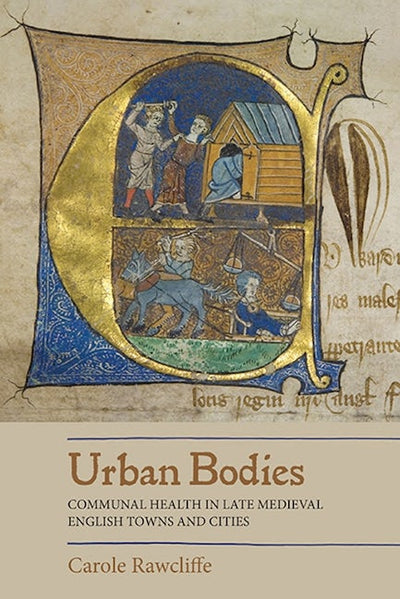
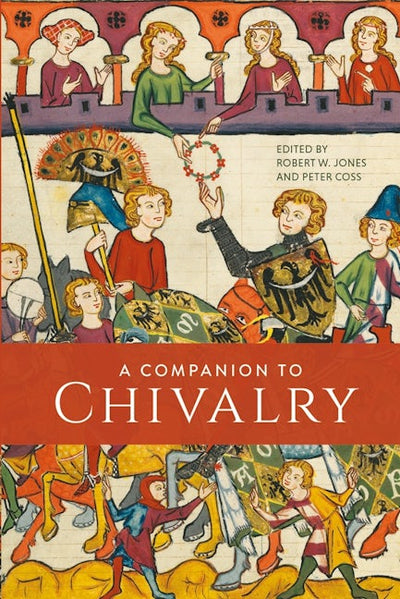
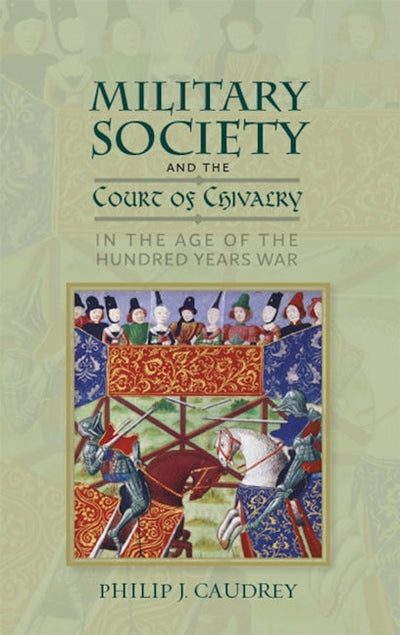
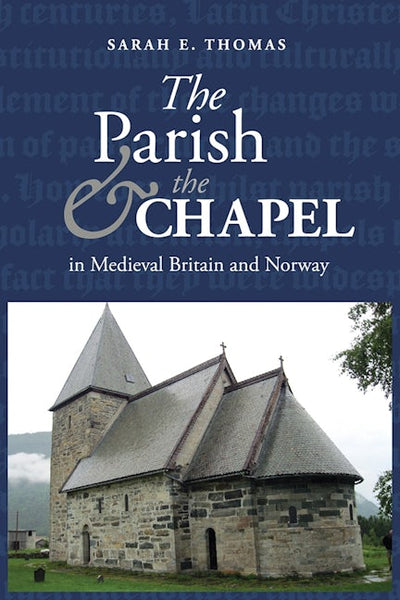
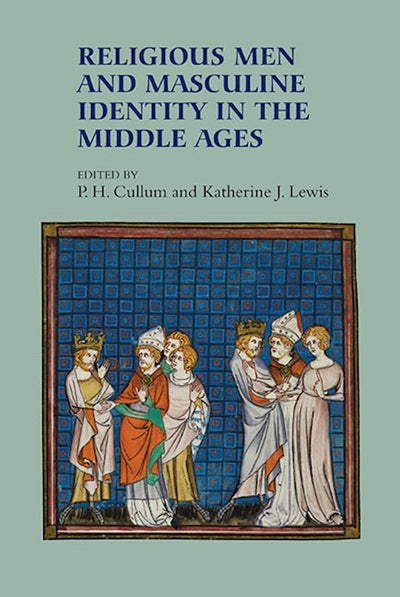
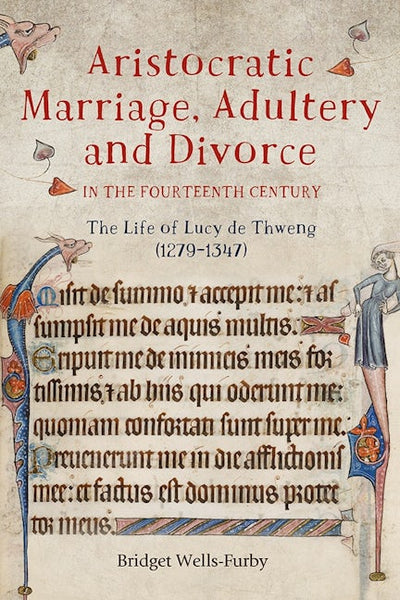
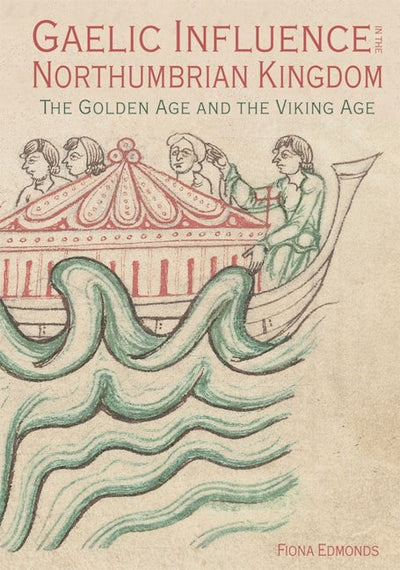
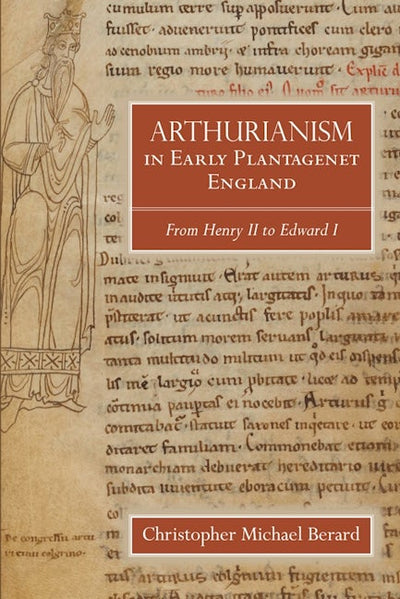
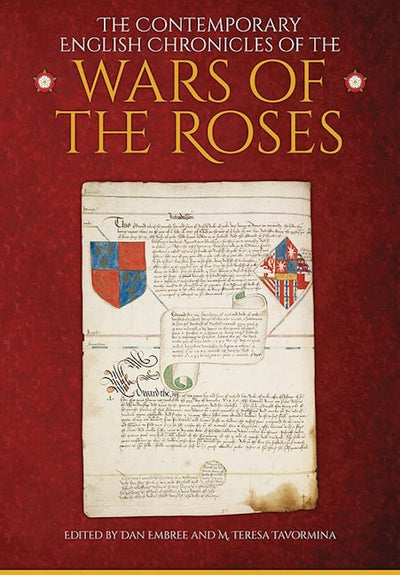
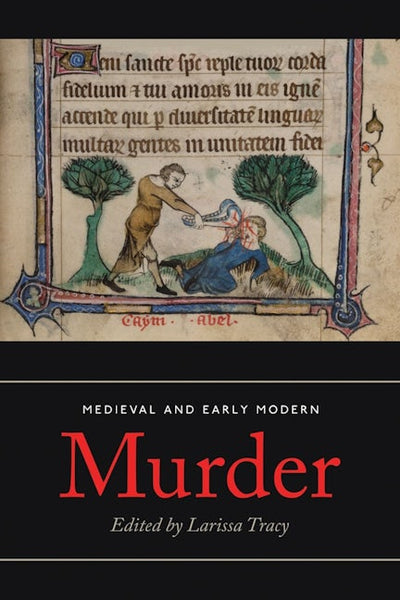
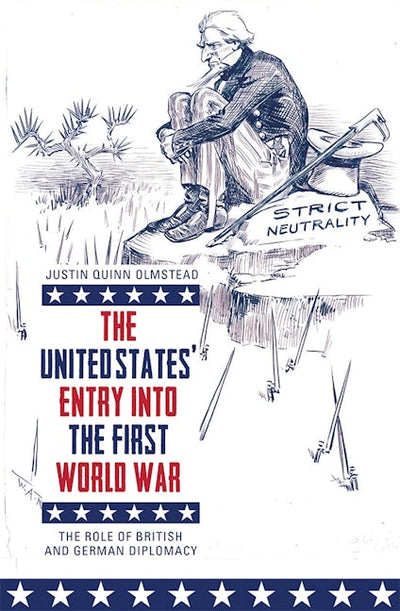
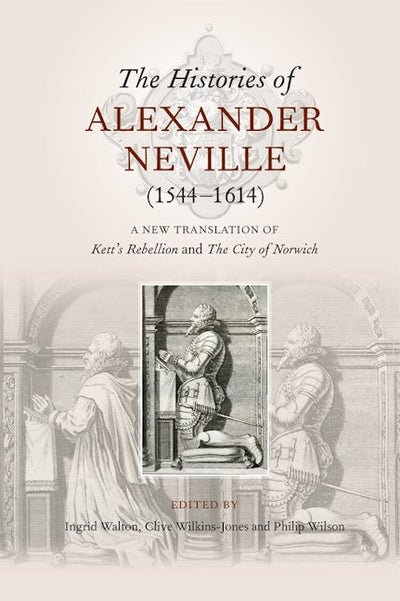
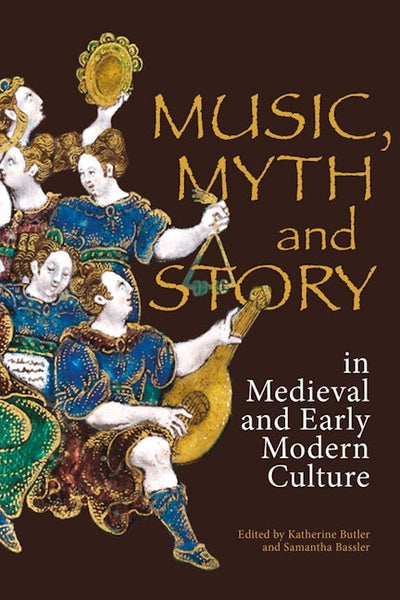
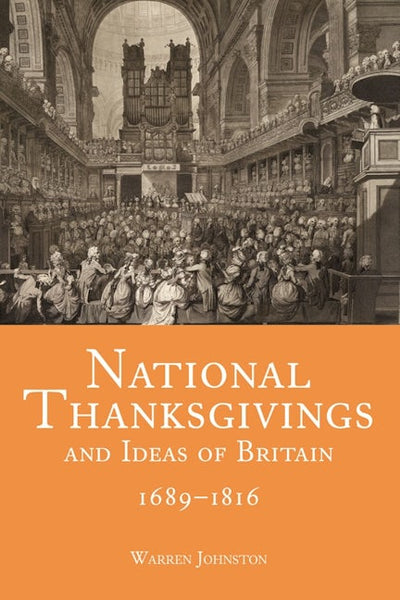
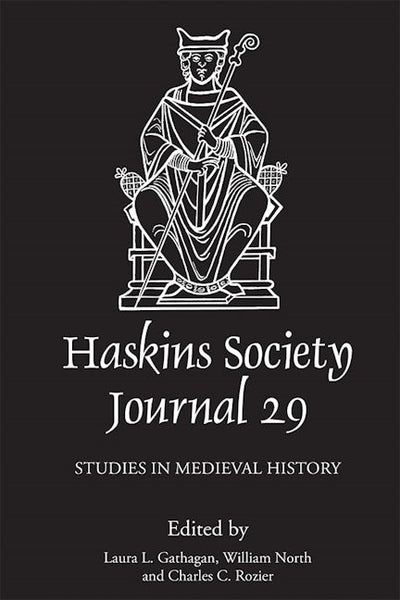
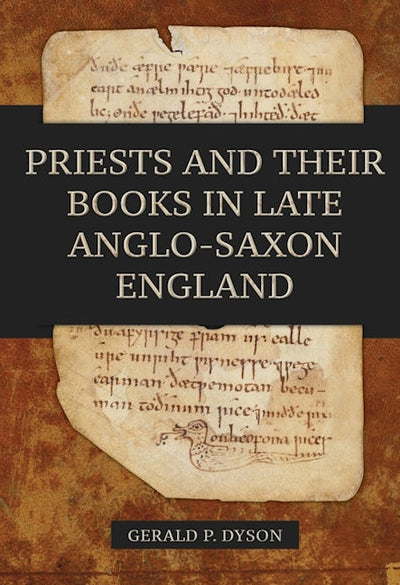
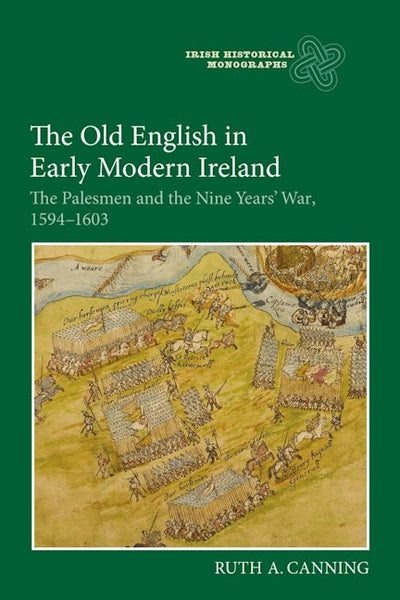
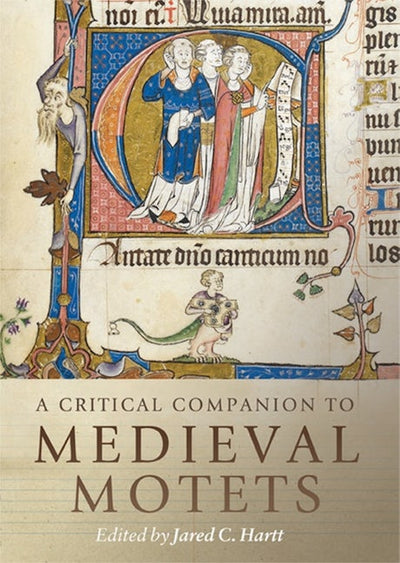
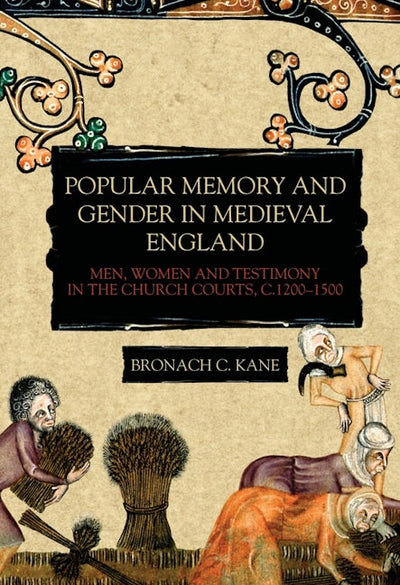
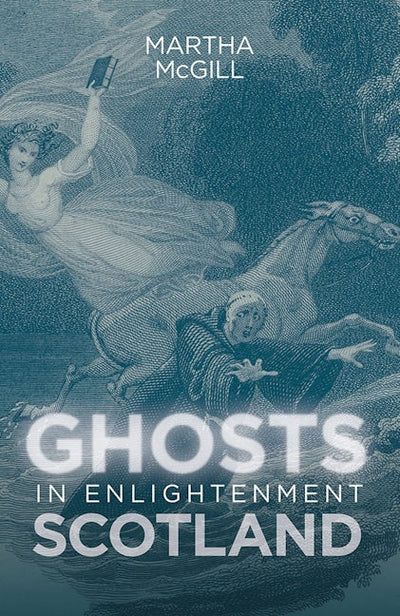
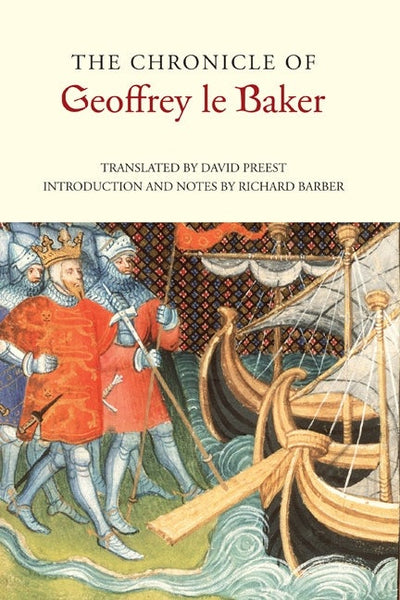
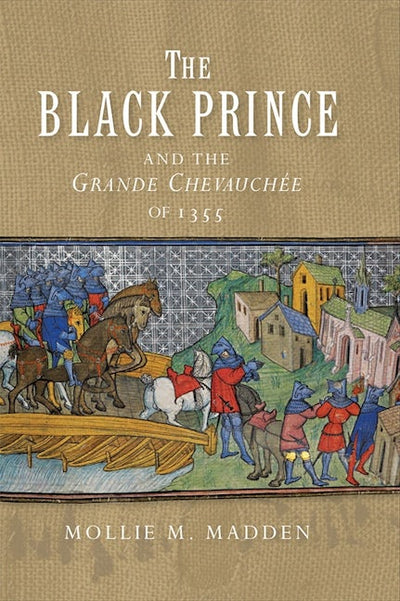
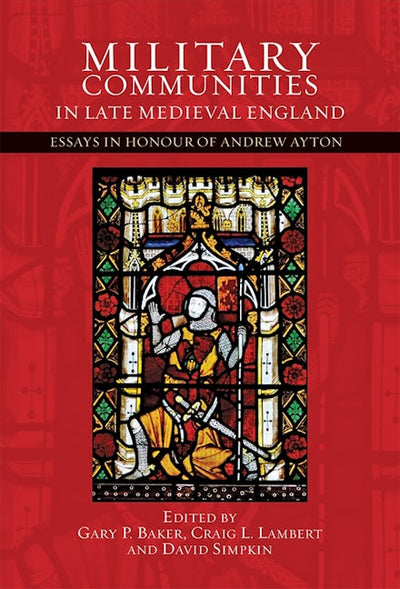
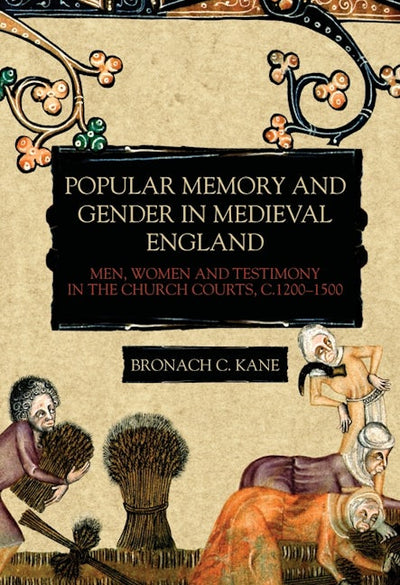
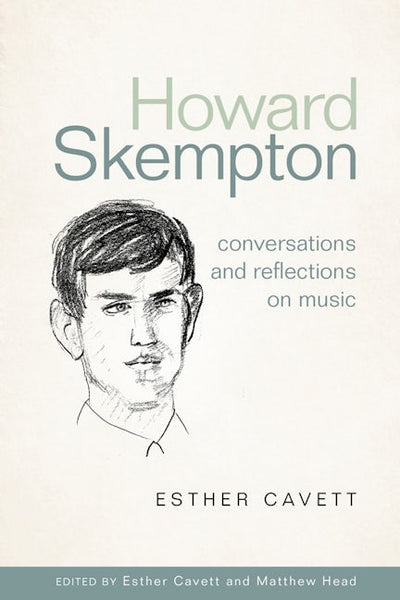
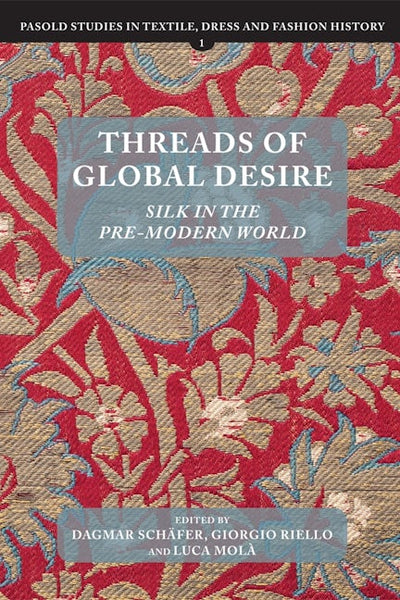
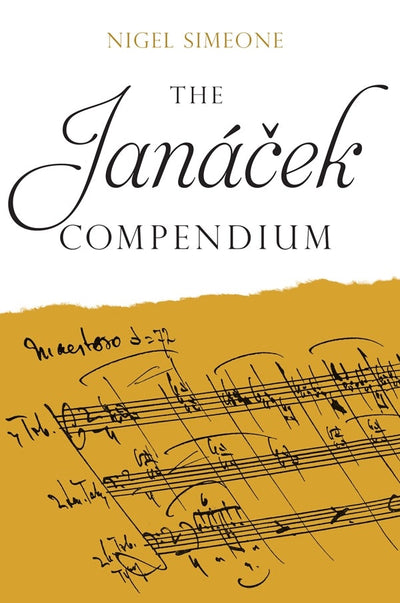
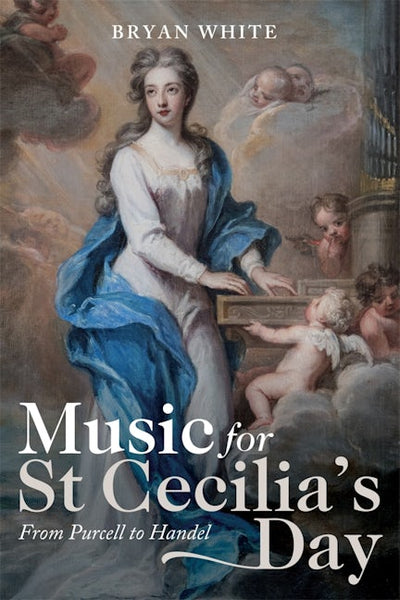
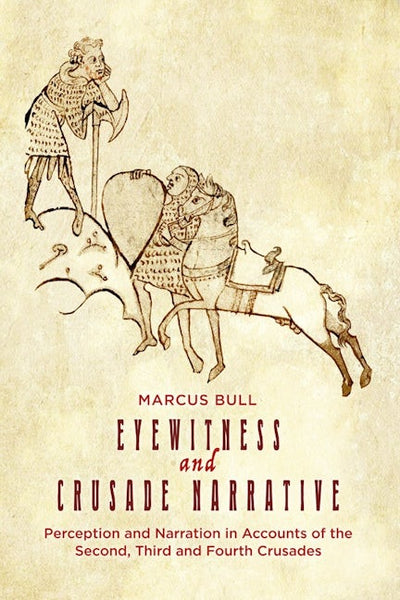
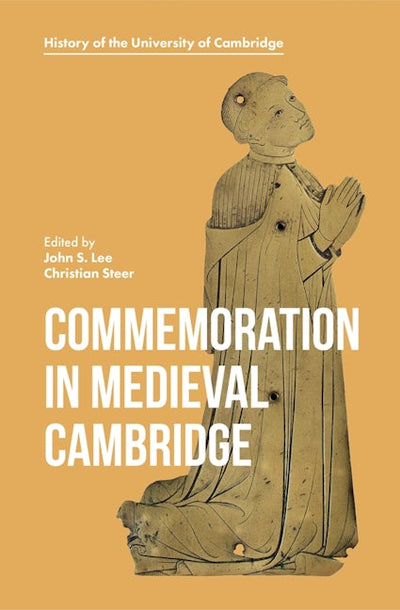
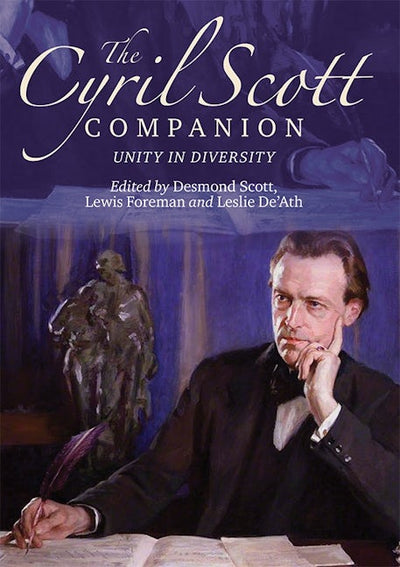
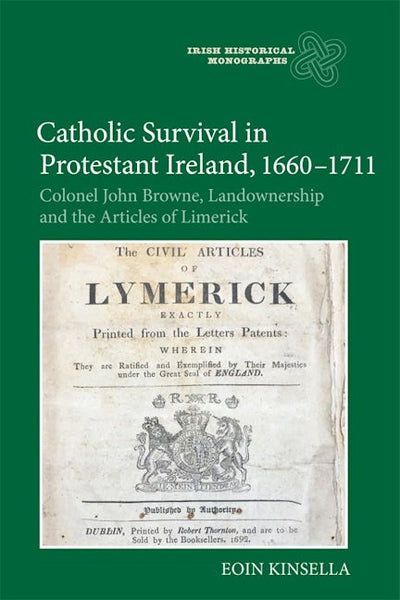
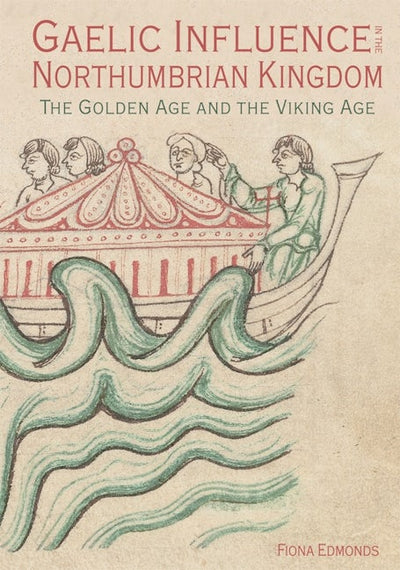
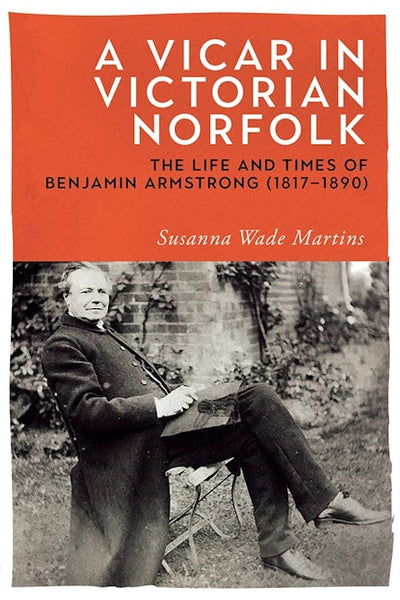
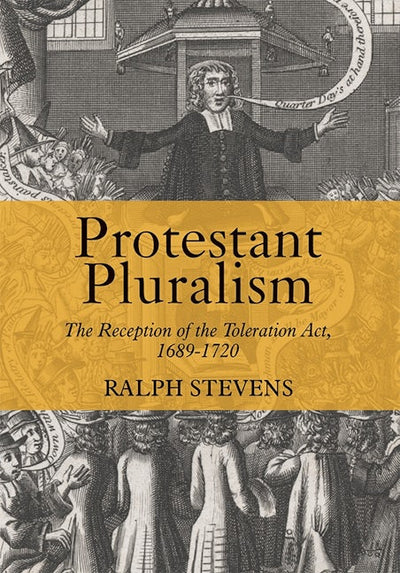
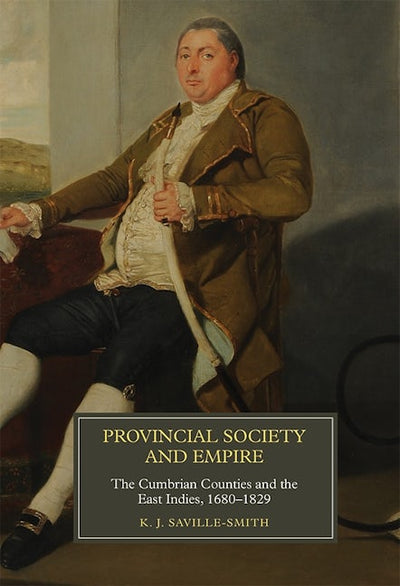
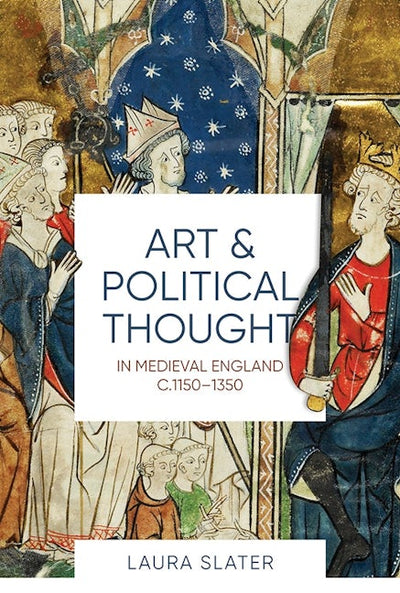
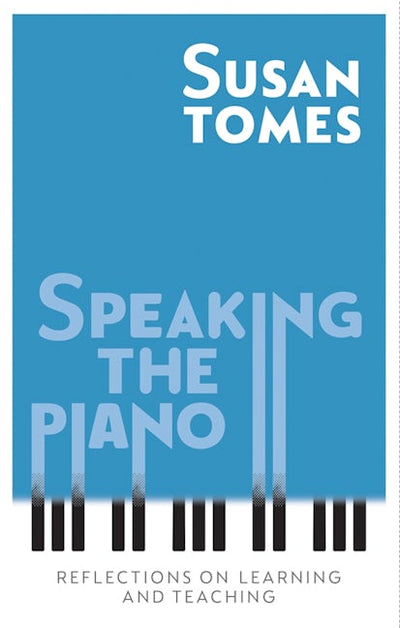
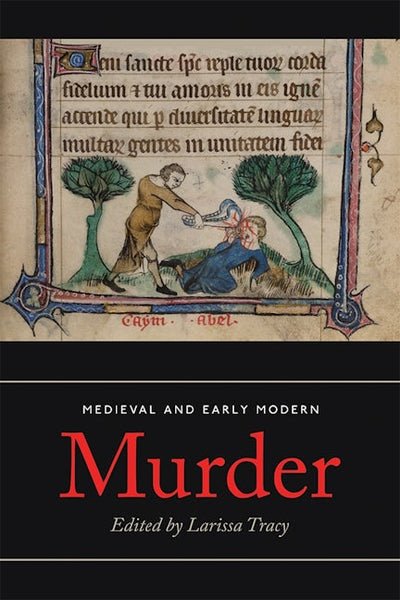
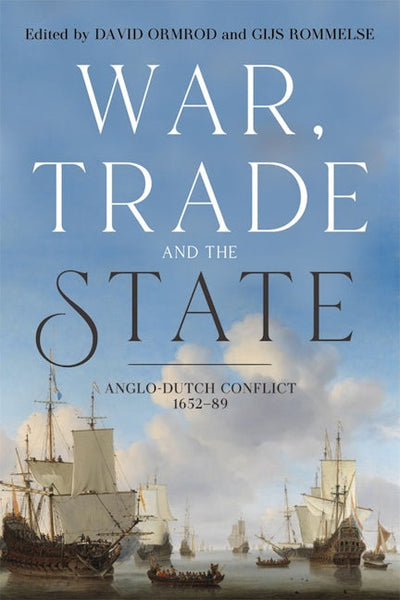
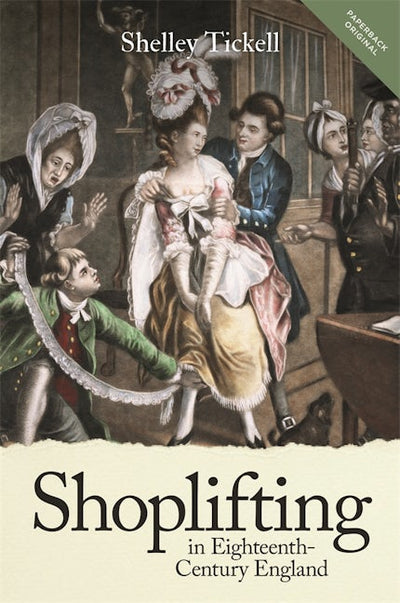
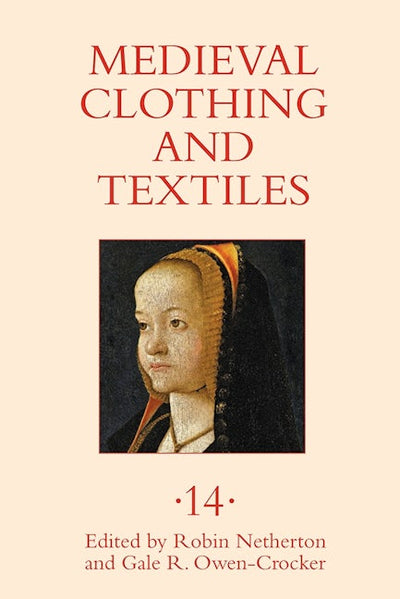
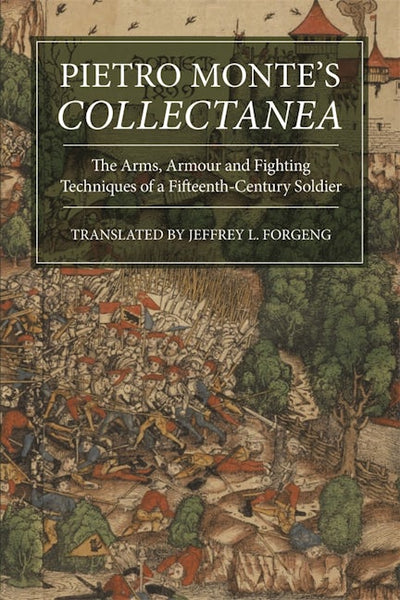
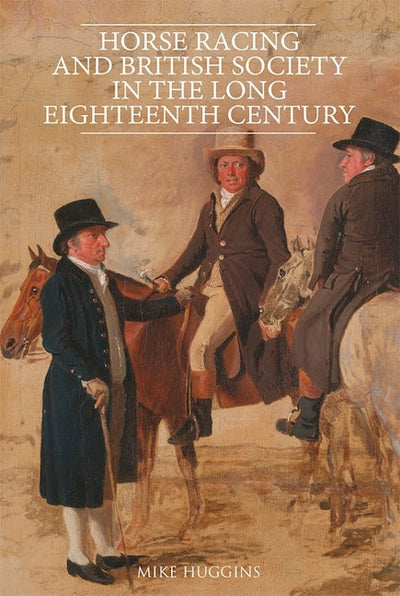
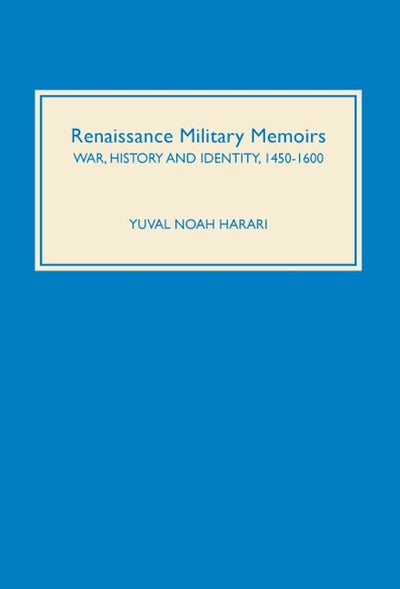
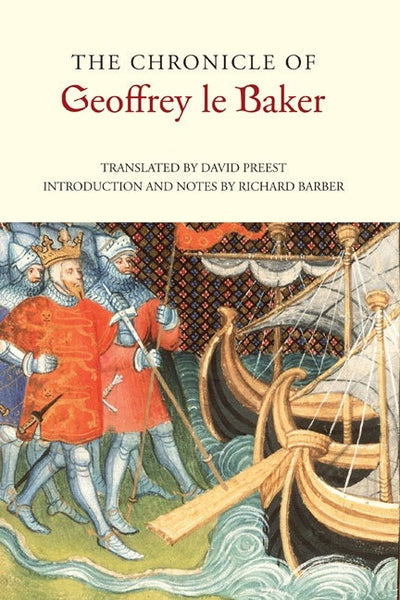
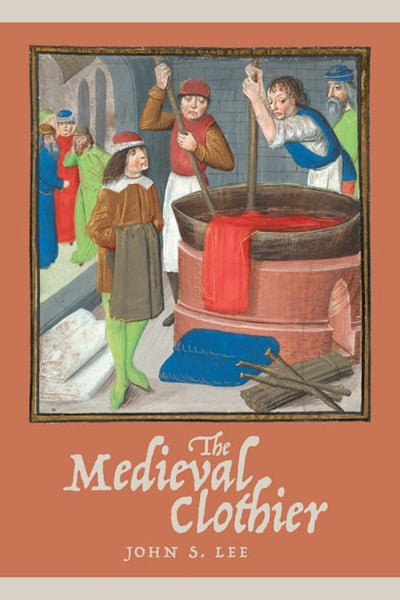
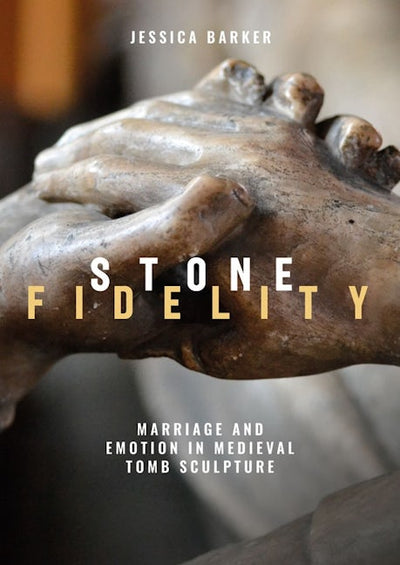
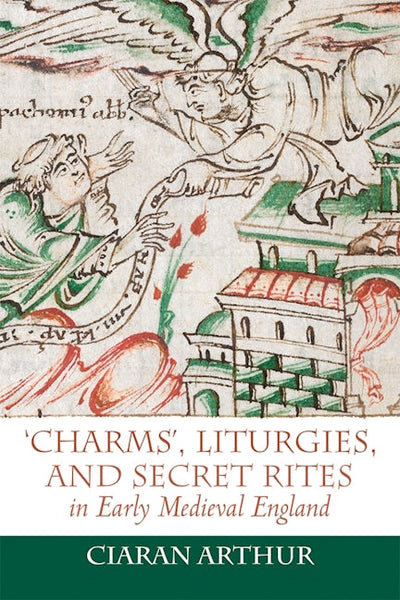
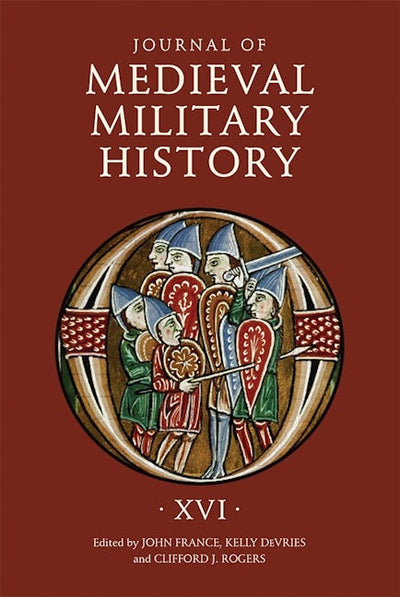
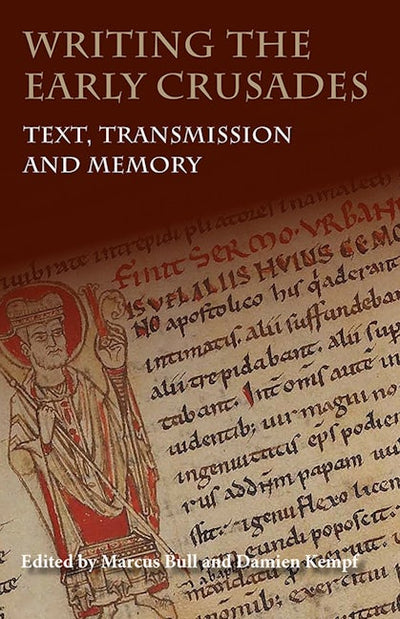
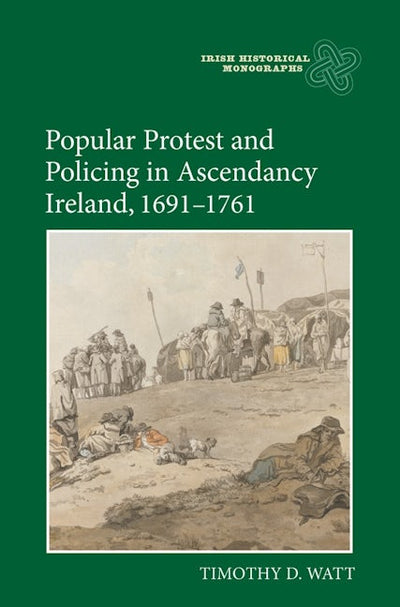
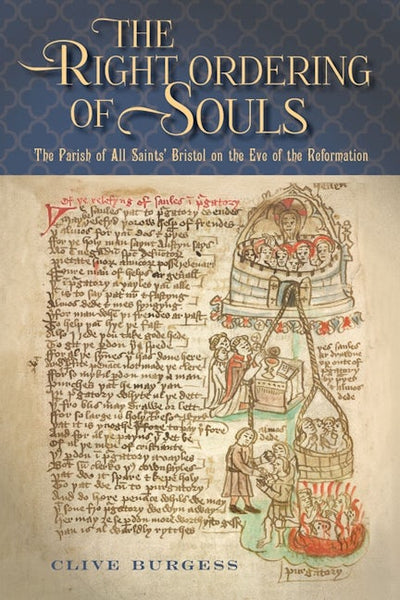
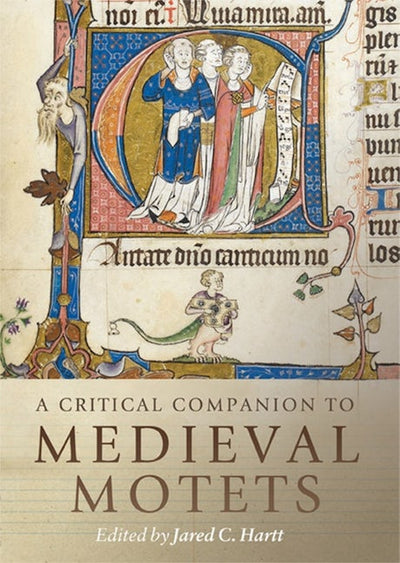
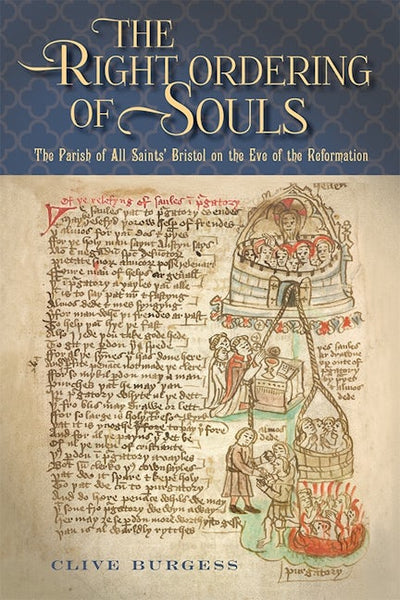
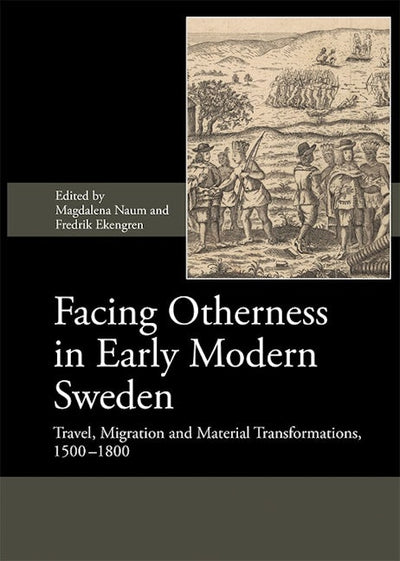
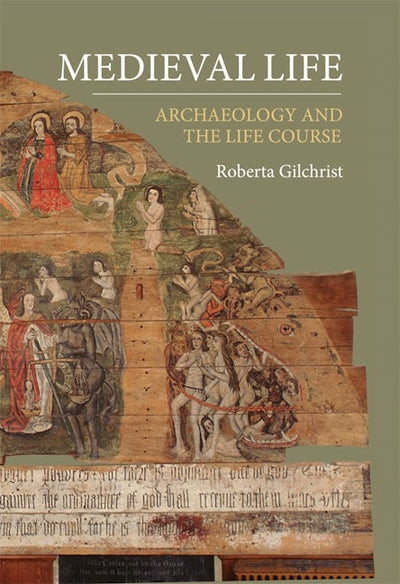
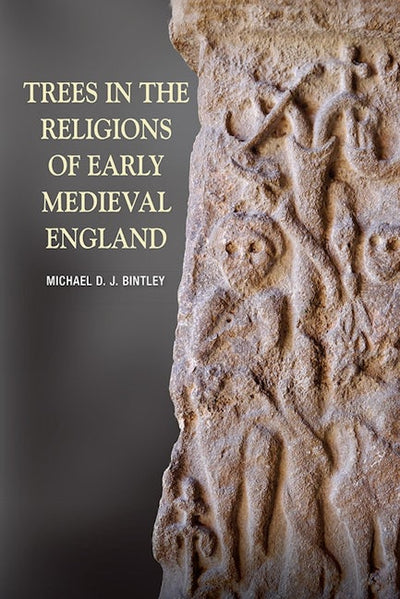
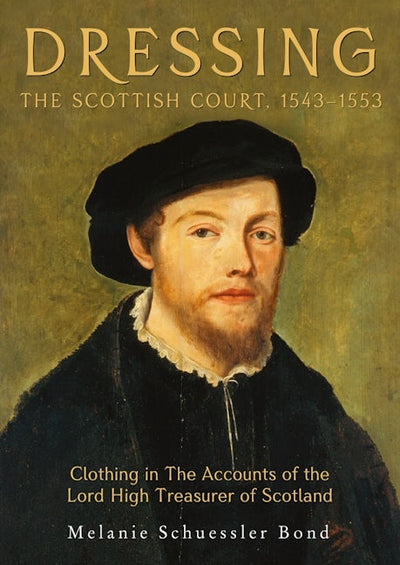
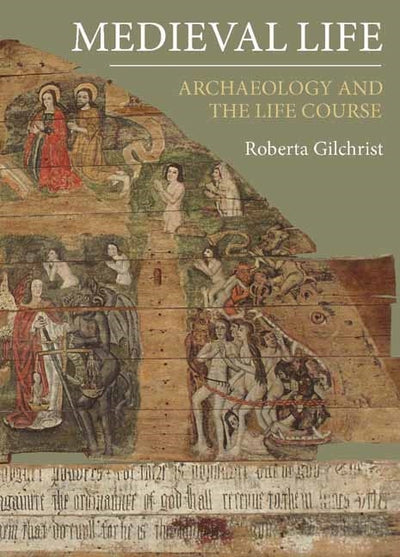
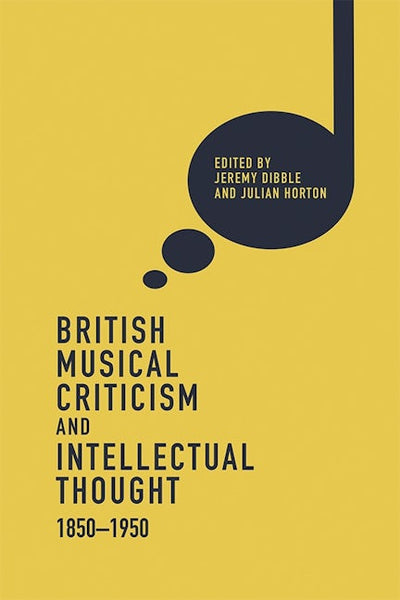
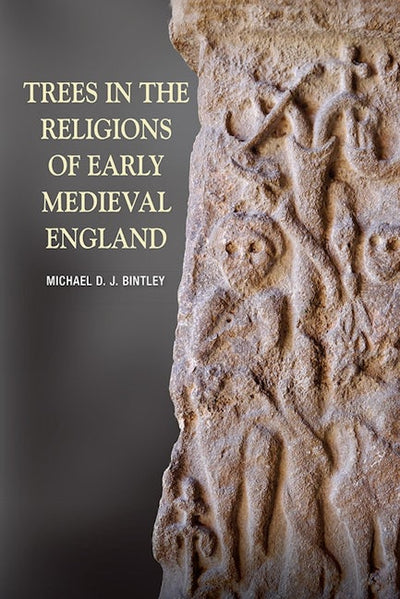
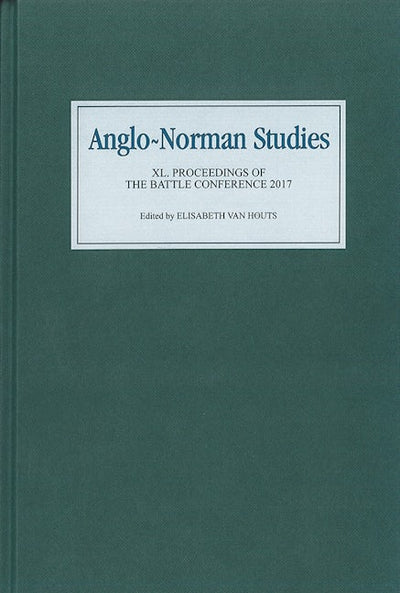
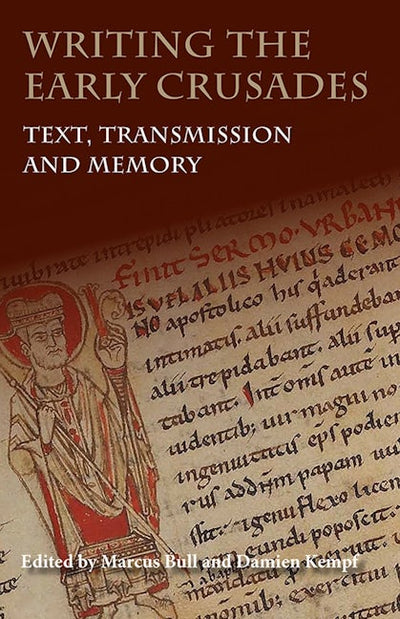
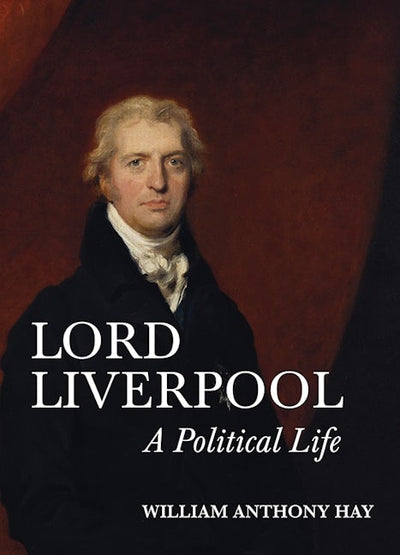
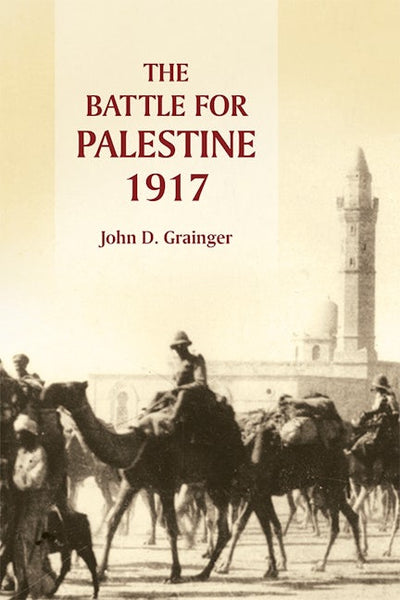
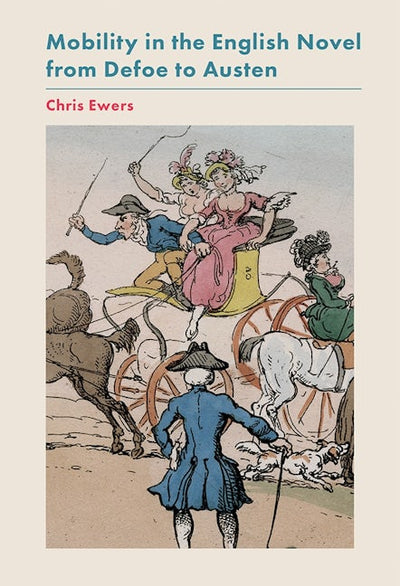
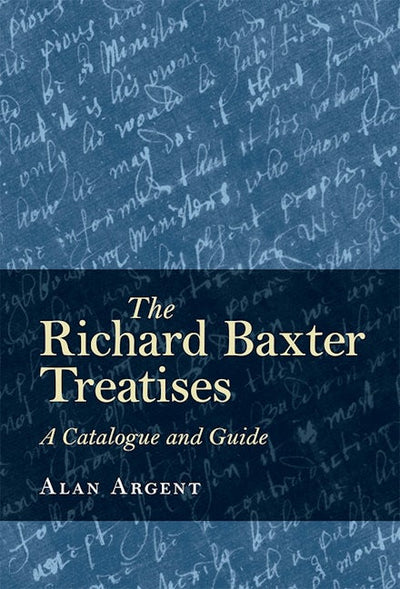
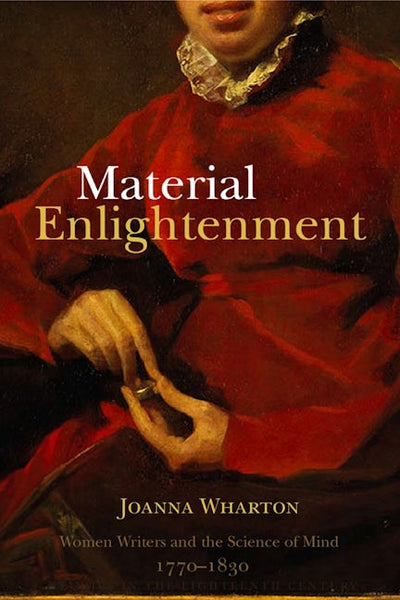
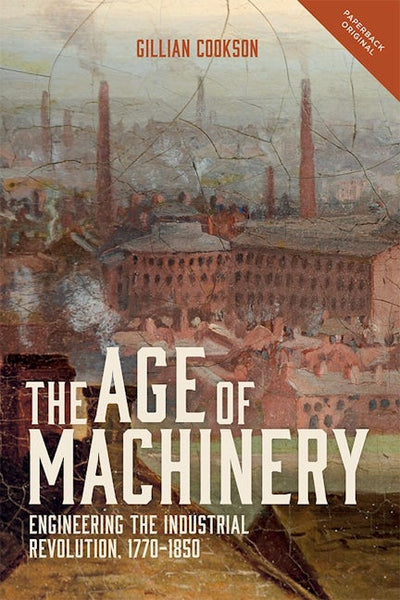
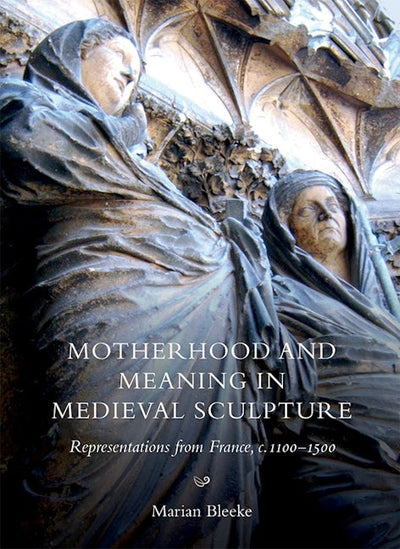
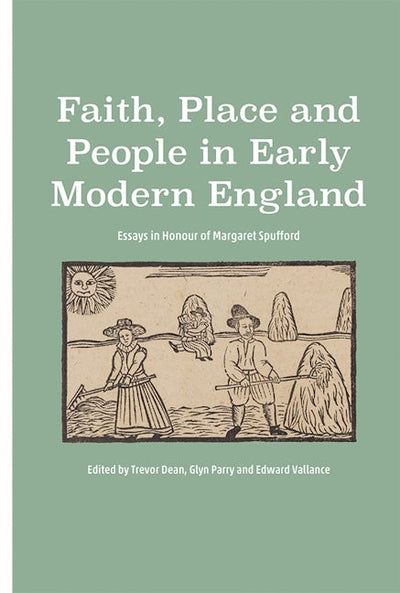
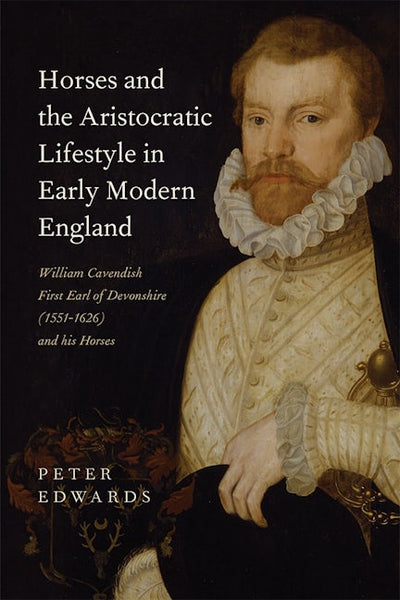
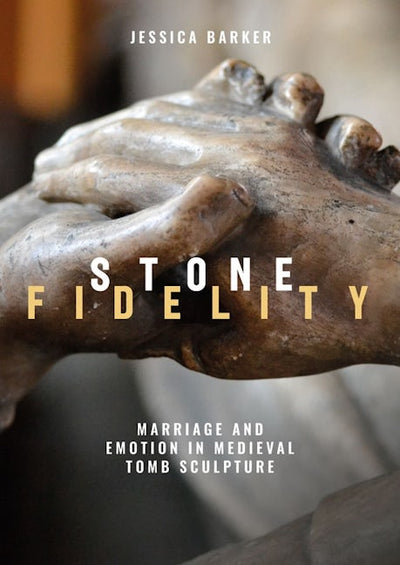
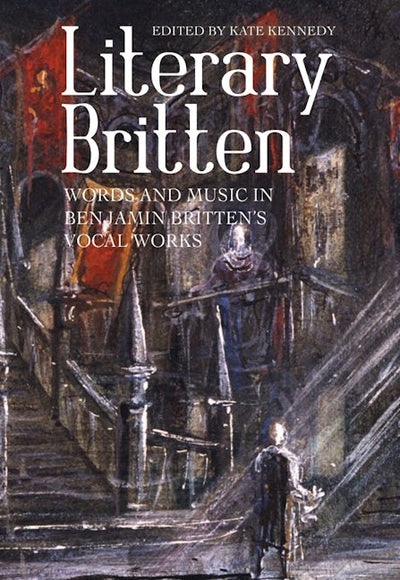
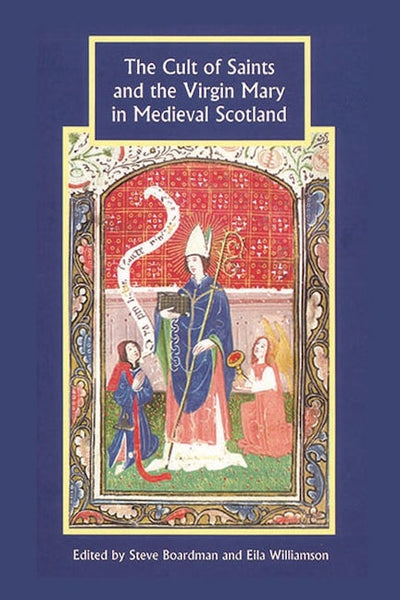
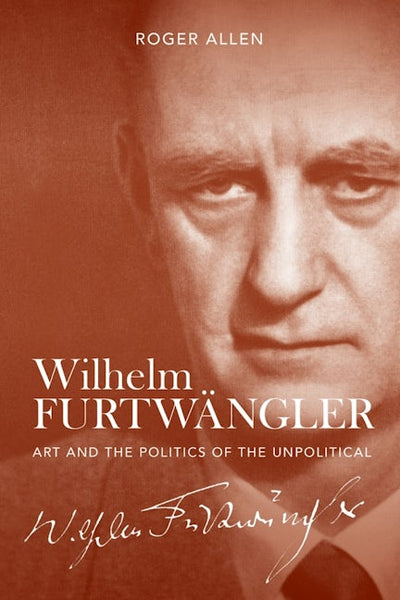
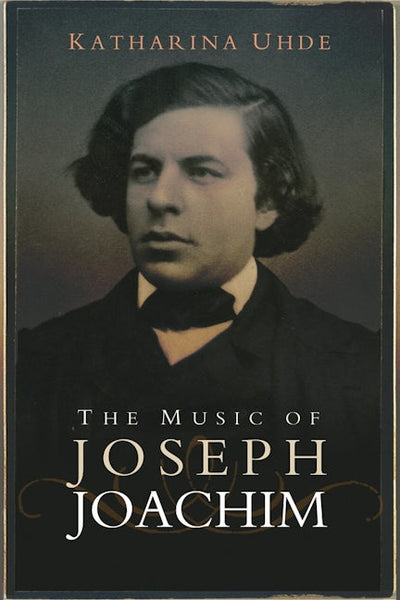
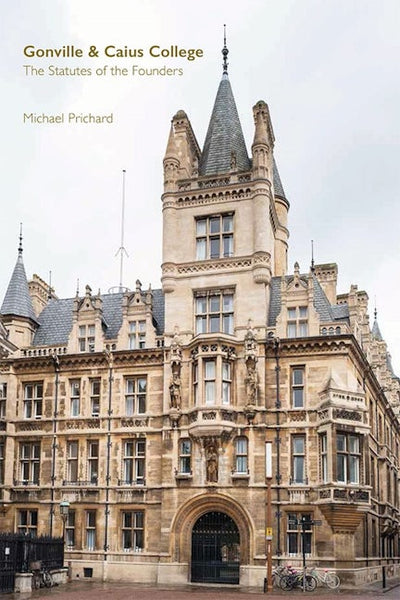
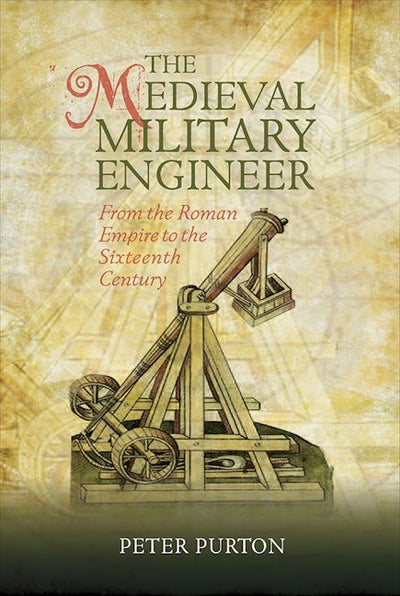
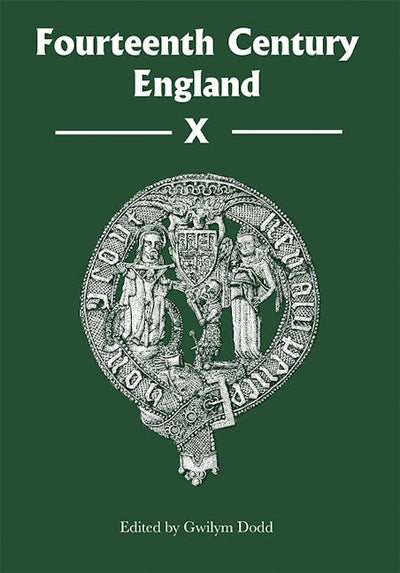
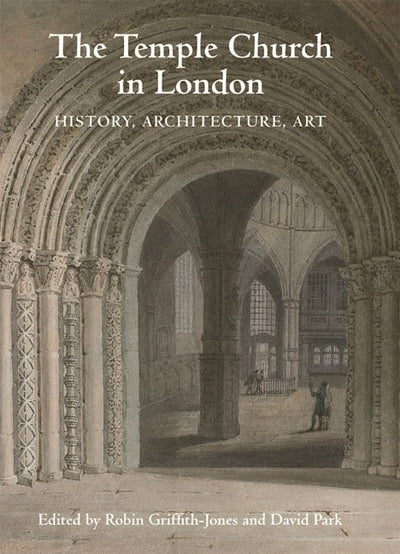
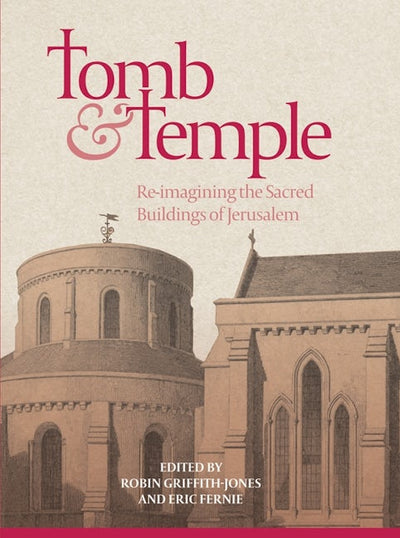
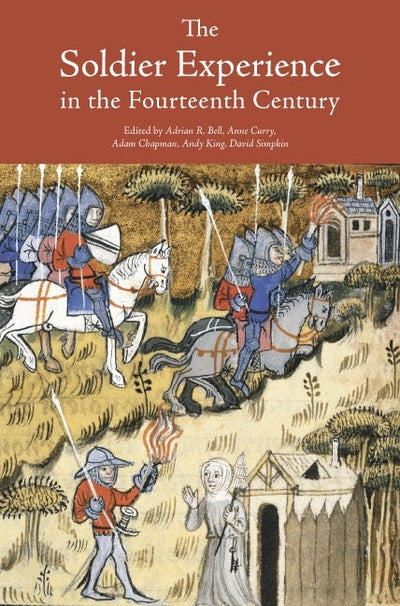
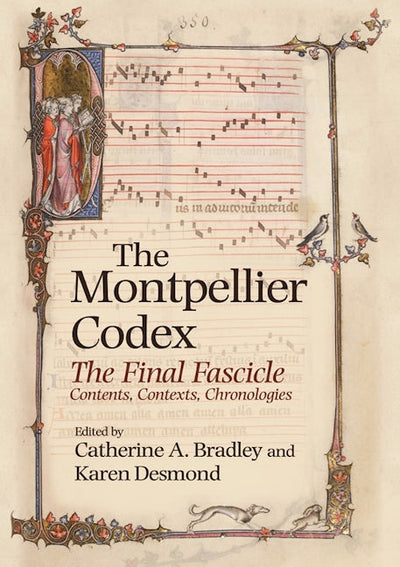
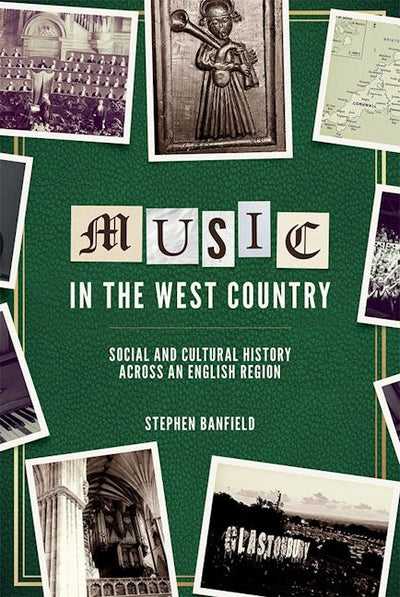
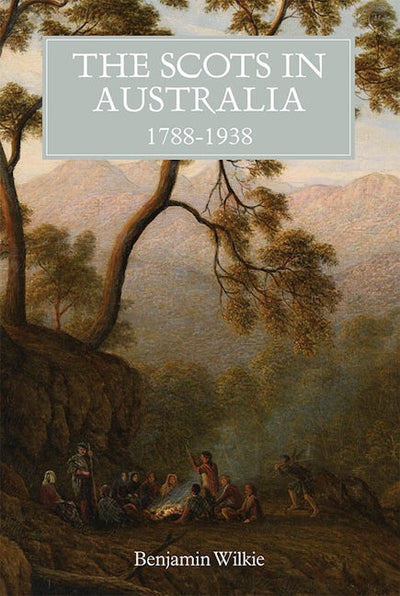
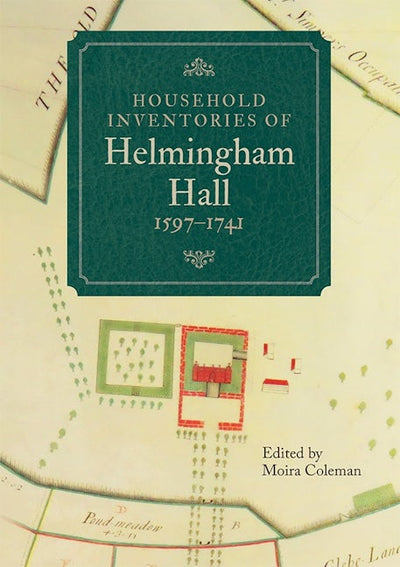
![Text and Image in René d'Anjou's <i>Livre des Tournois</i> [3 volume set]](http://indiepubs.com/cdn/shop/files/9781783272693_400x.jpg?v=1721433420)
